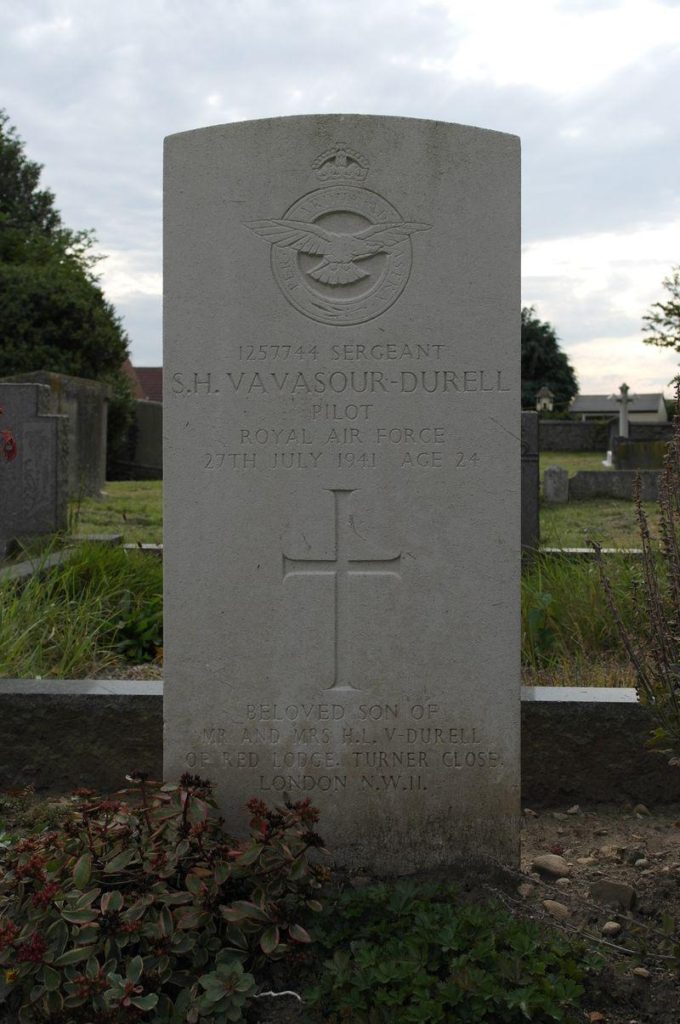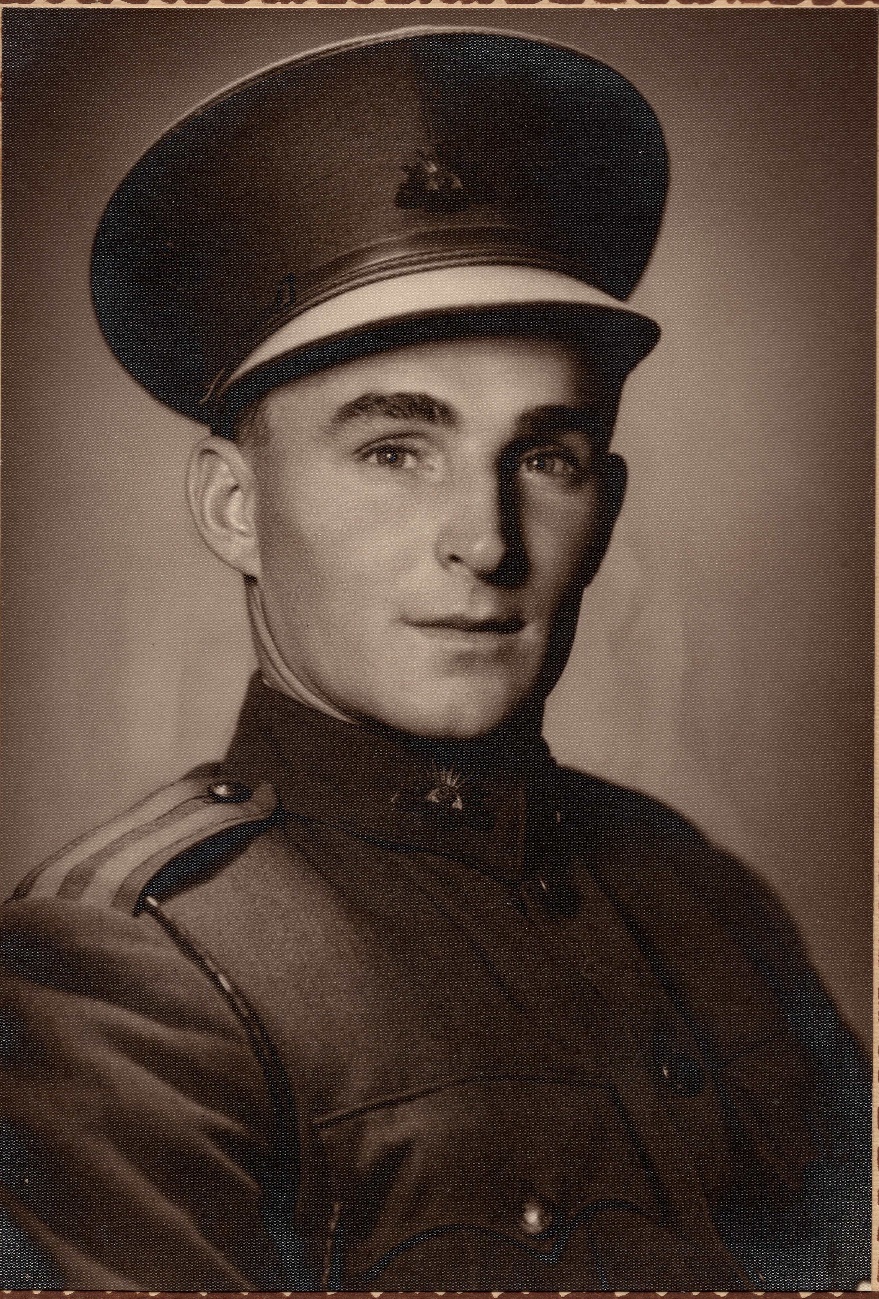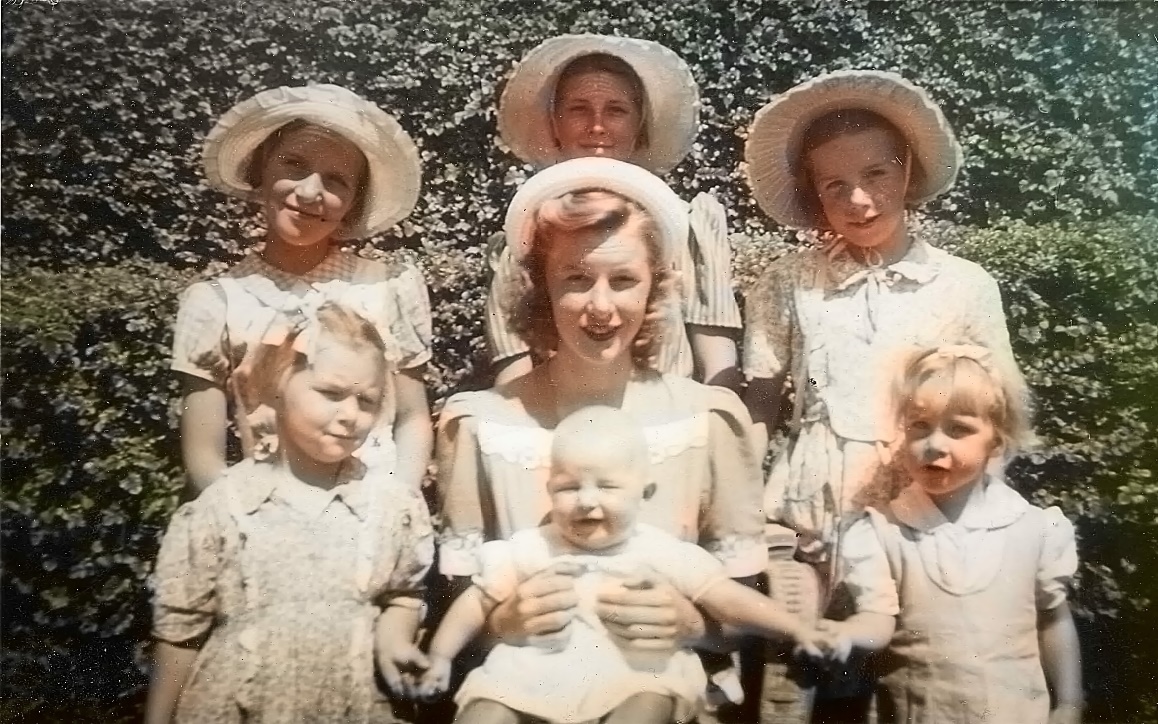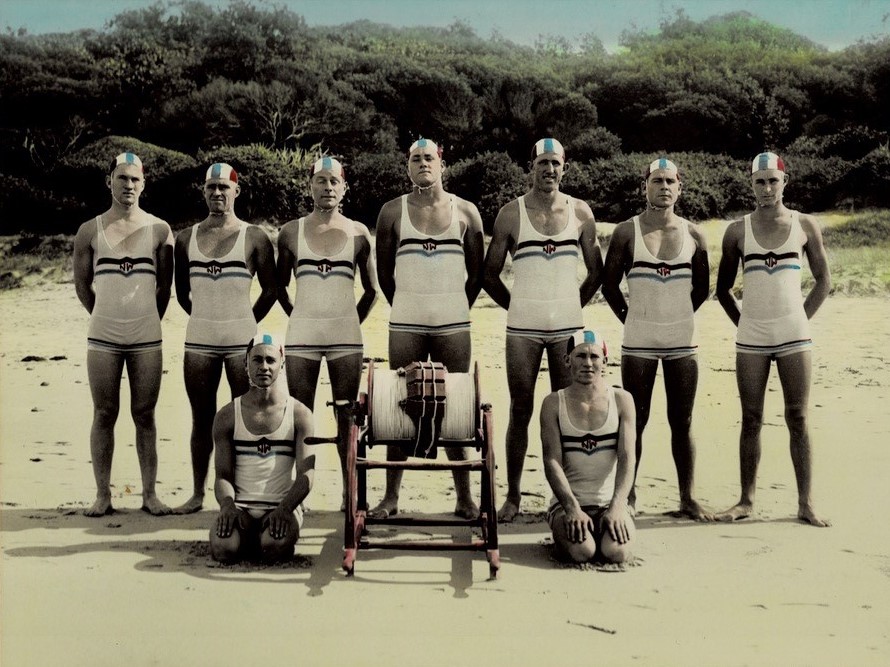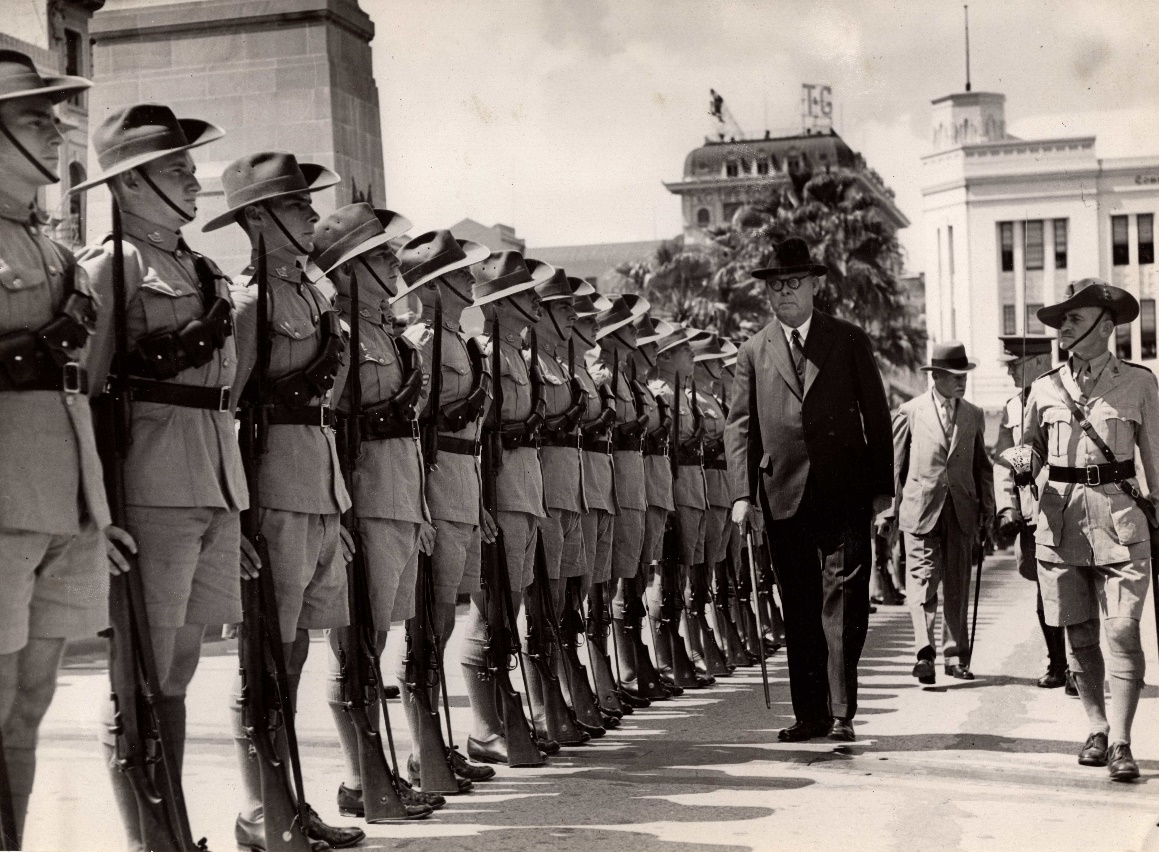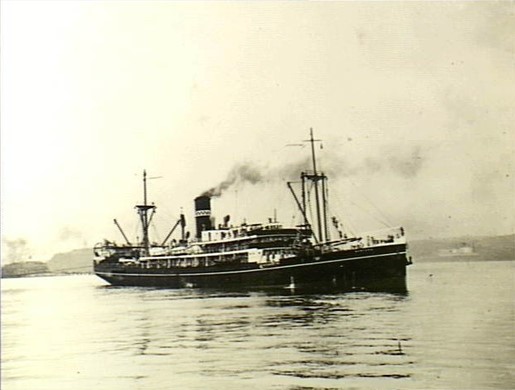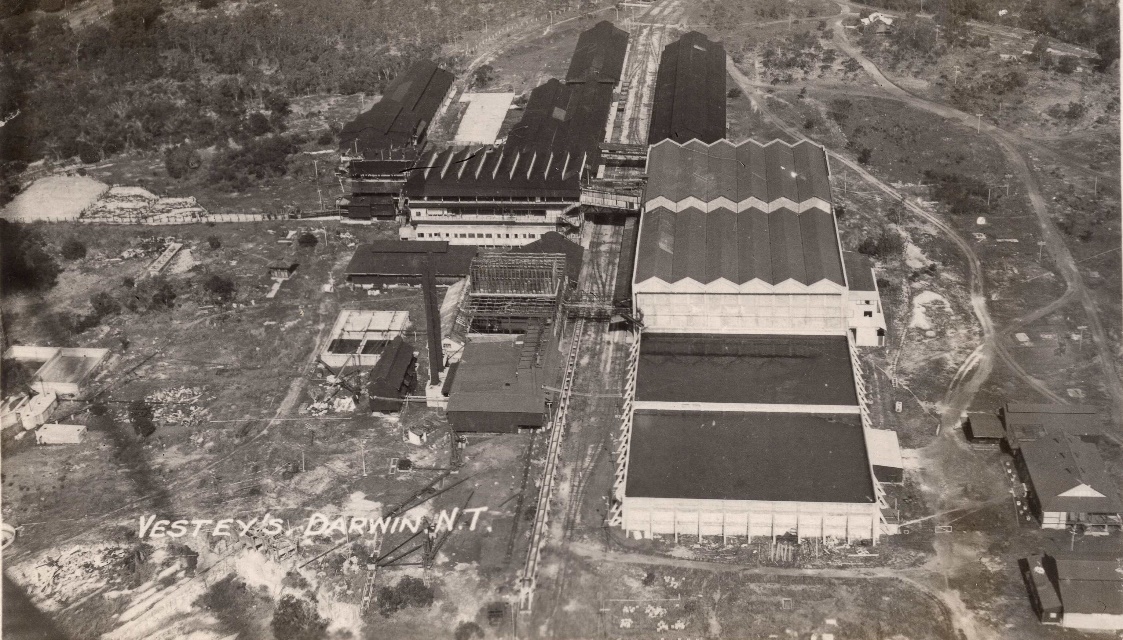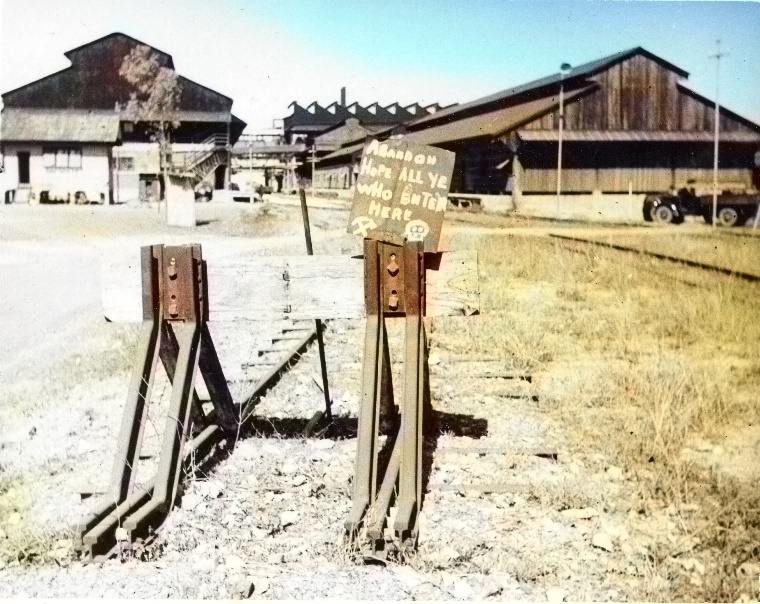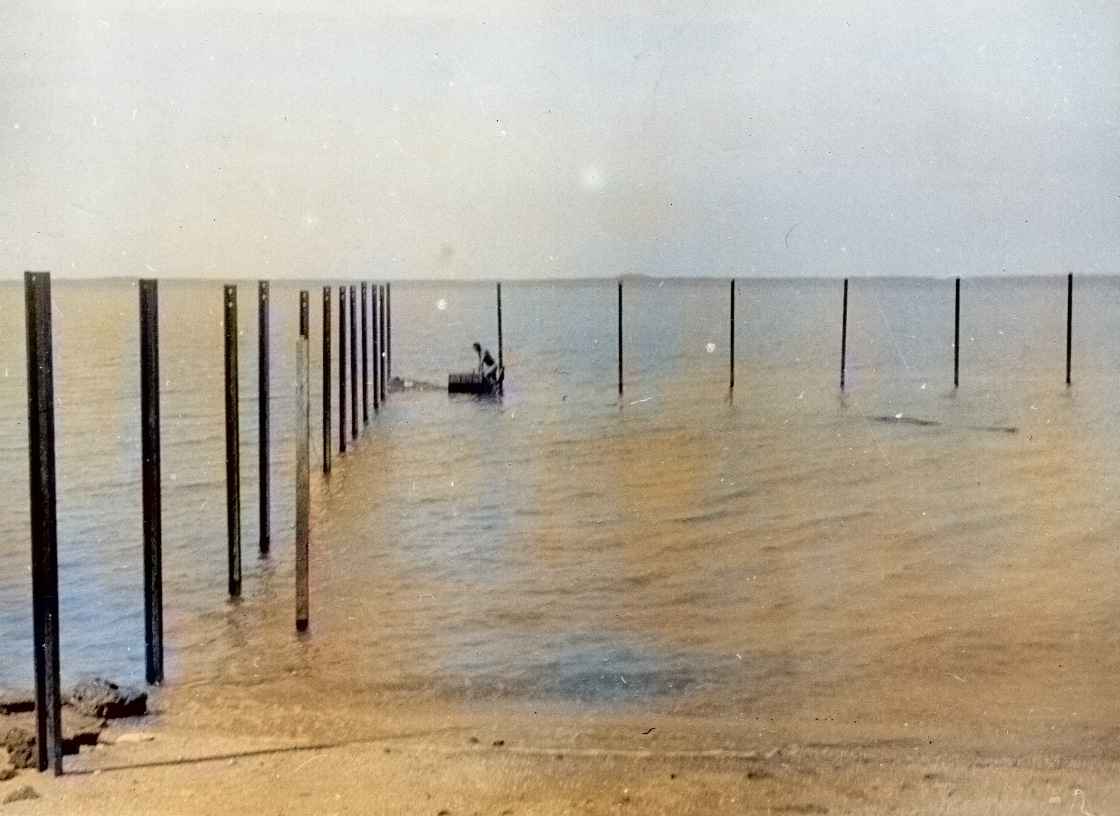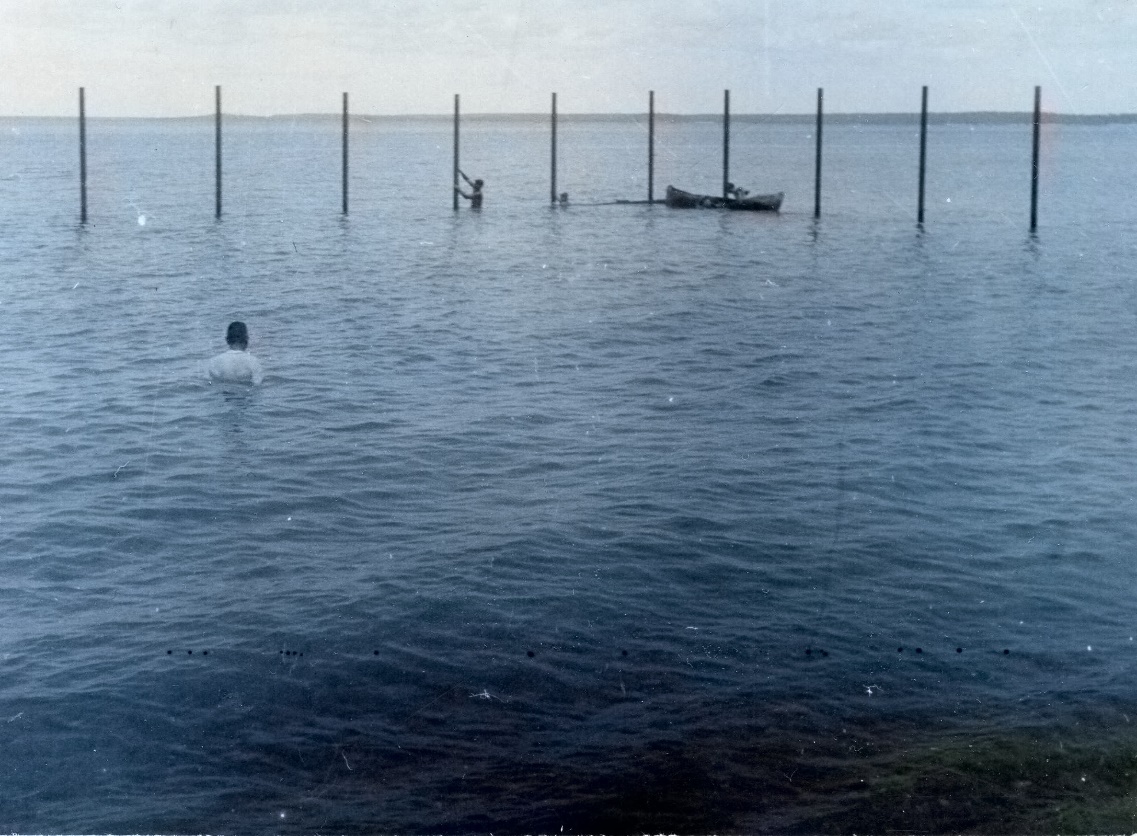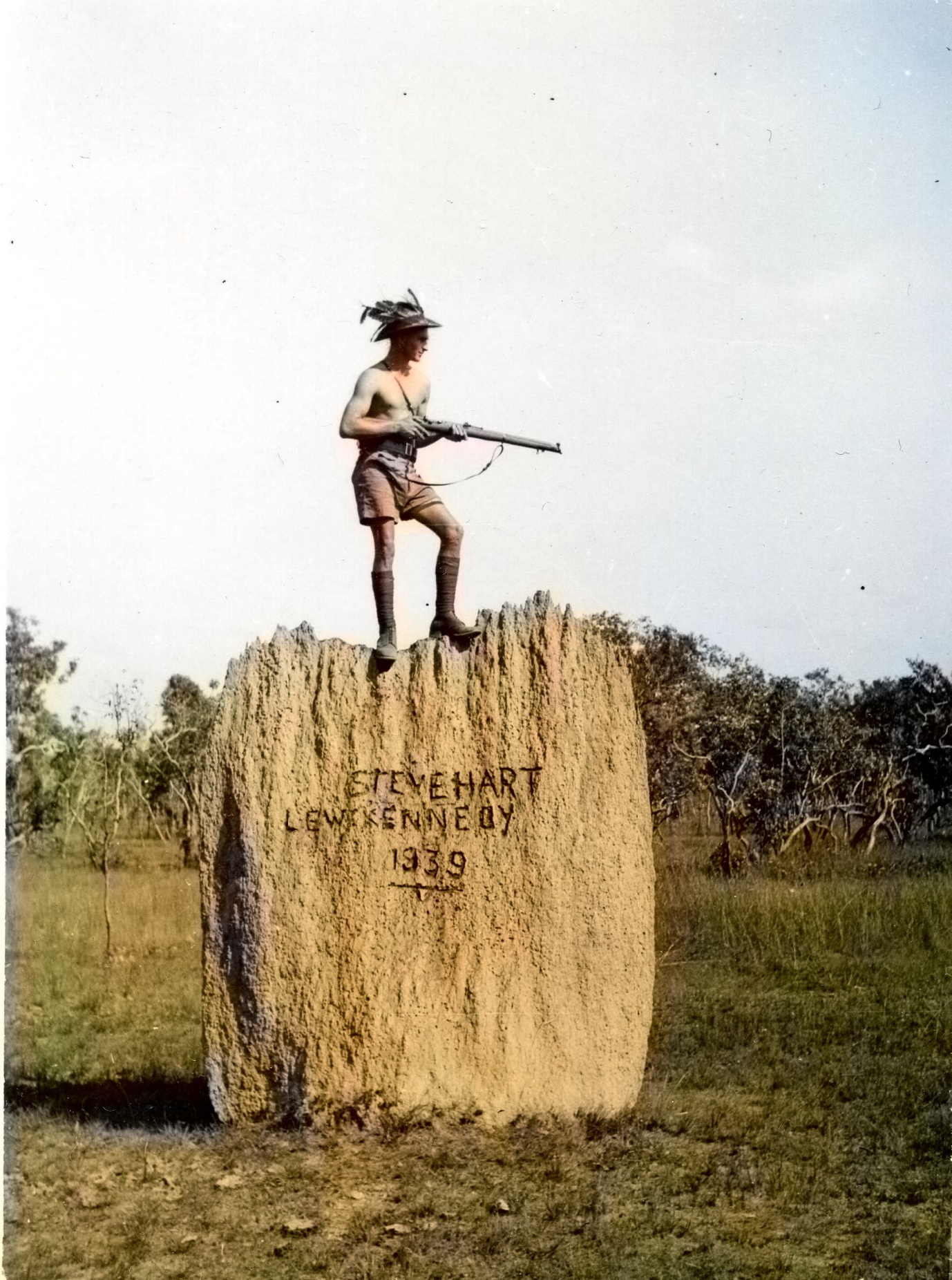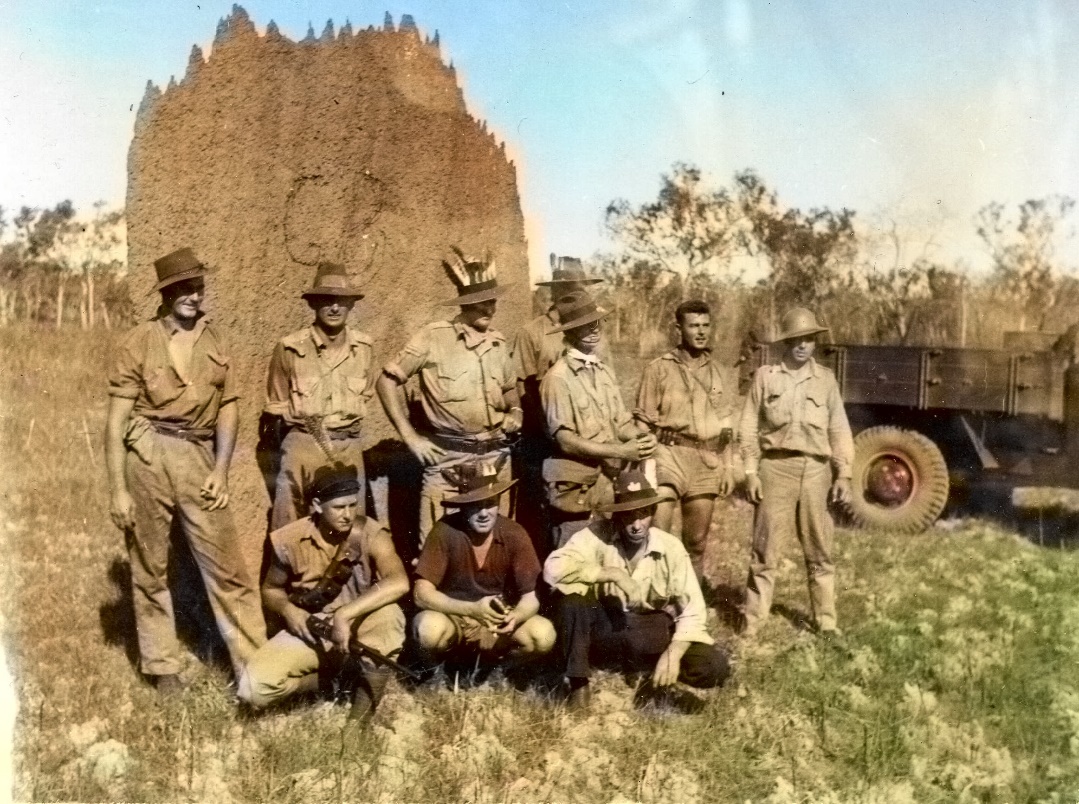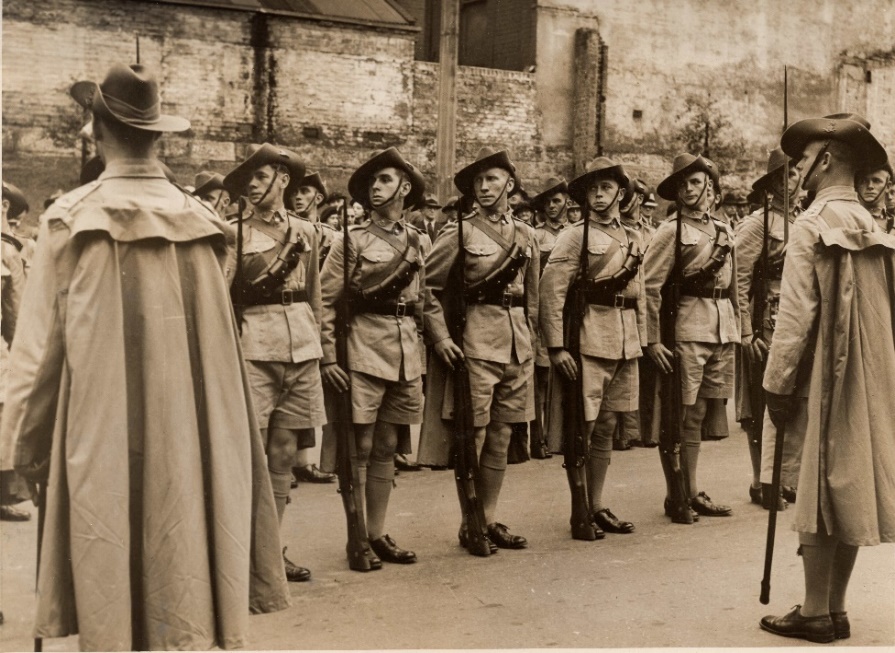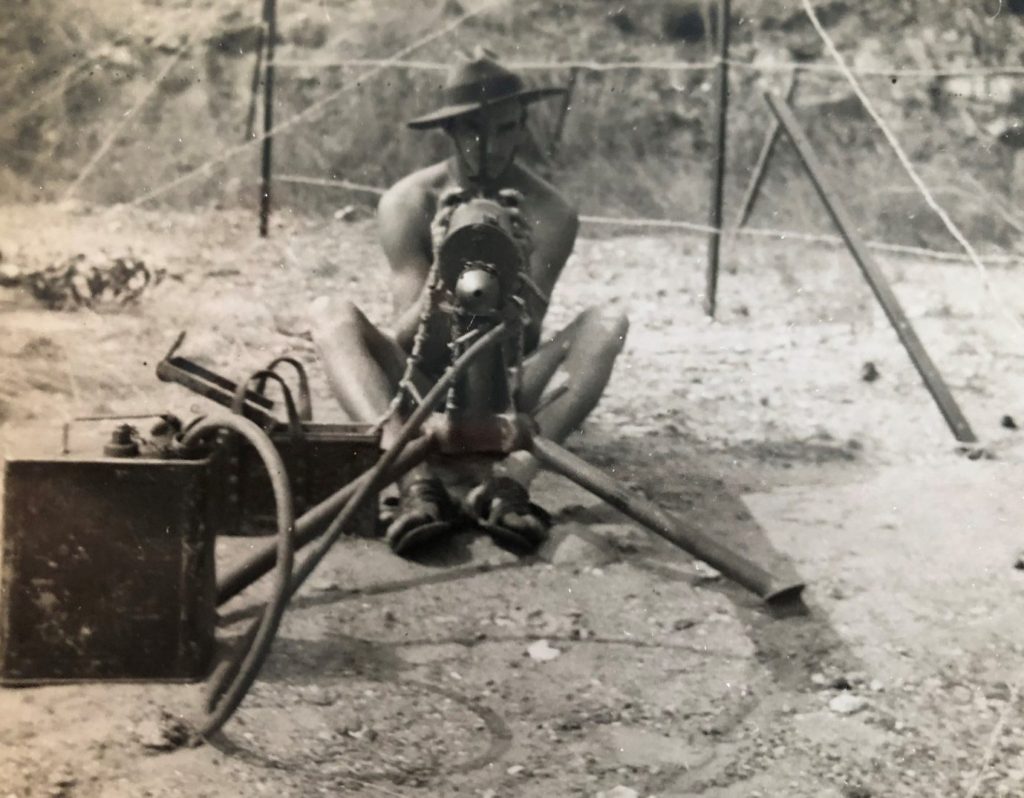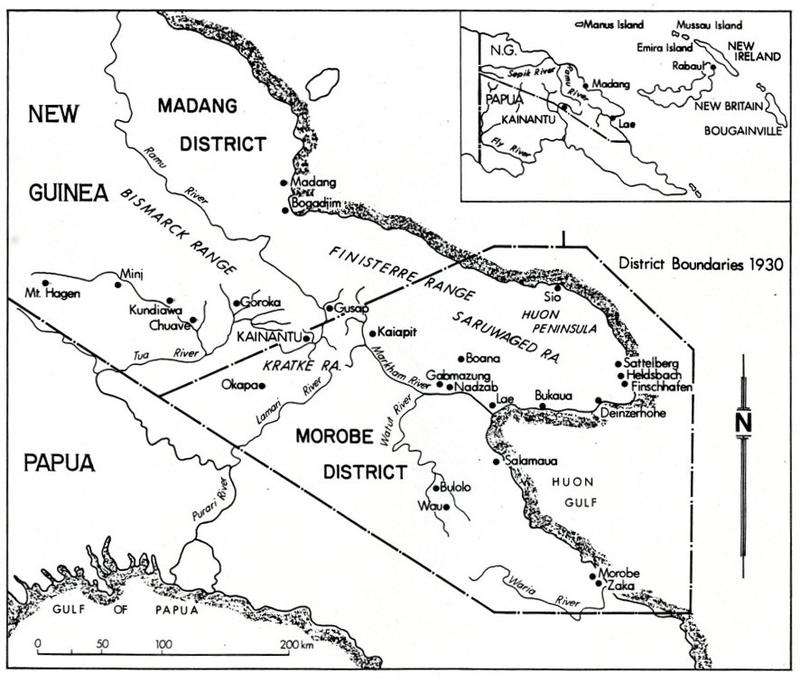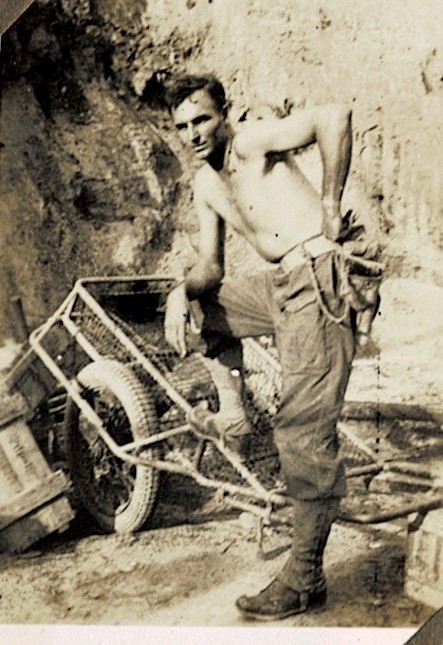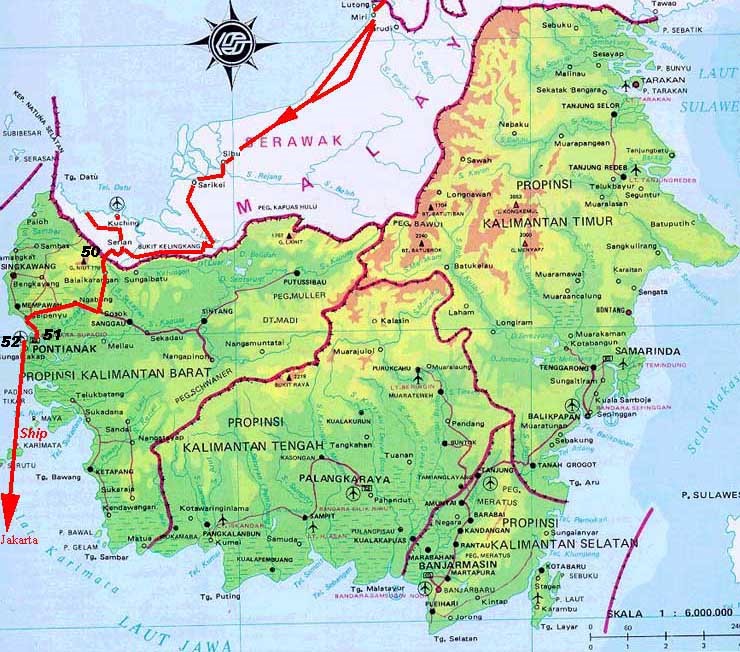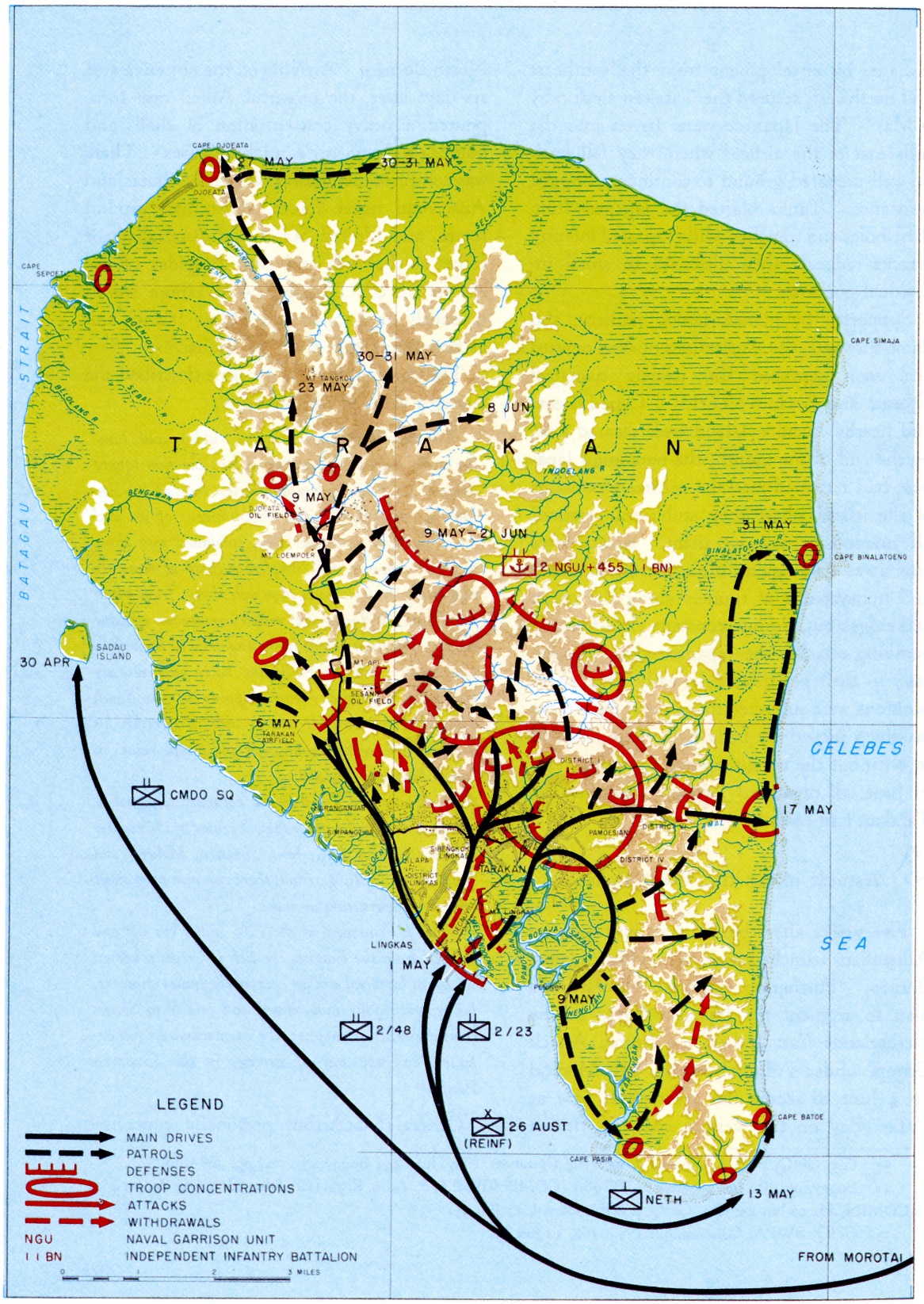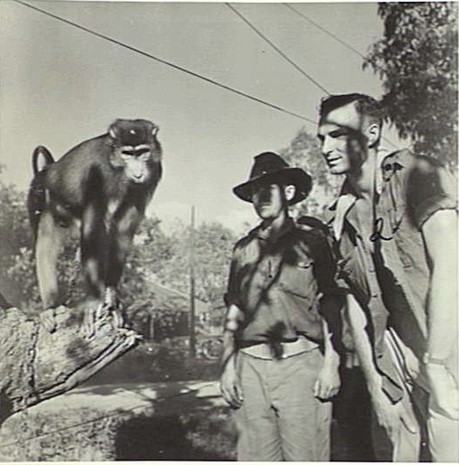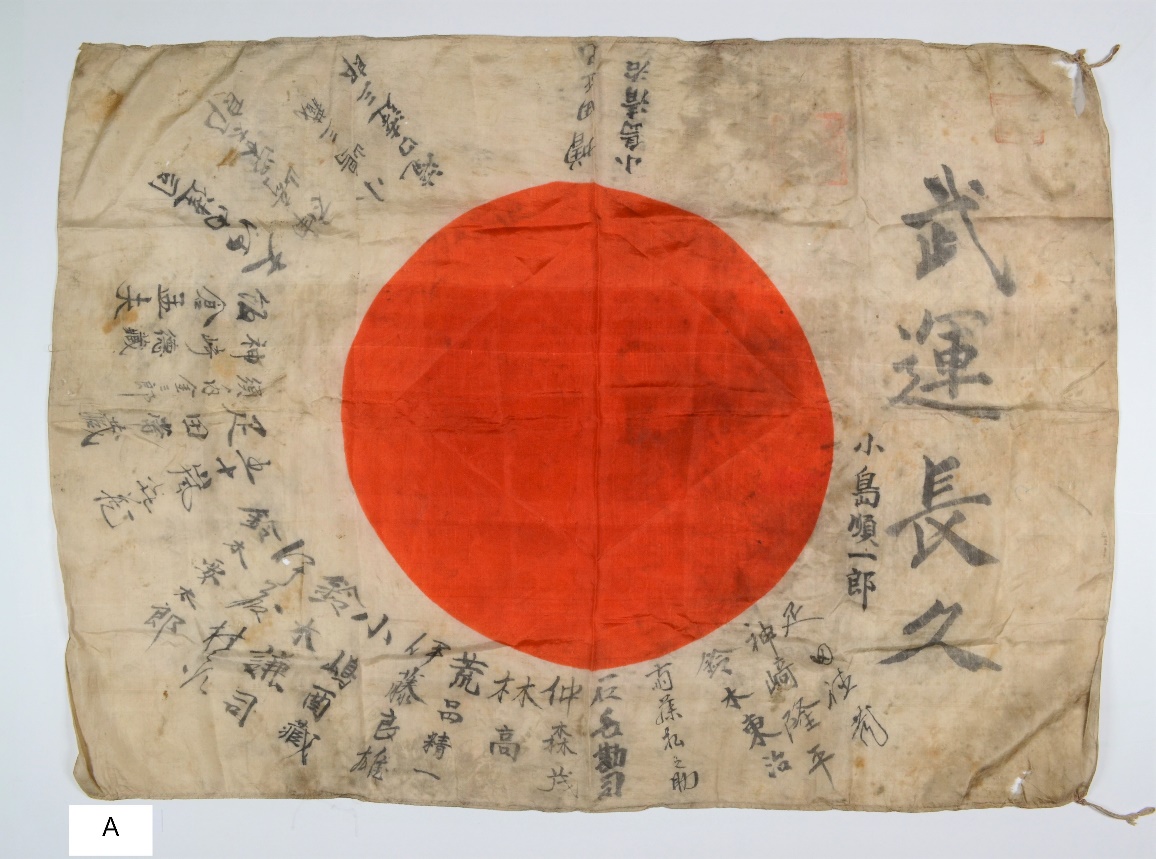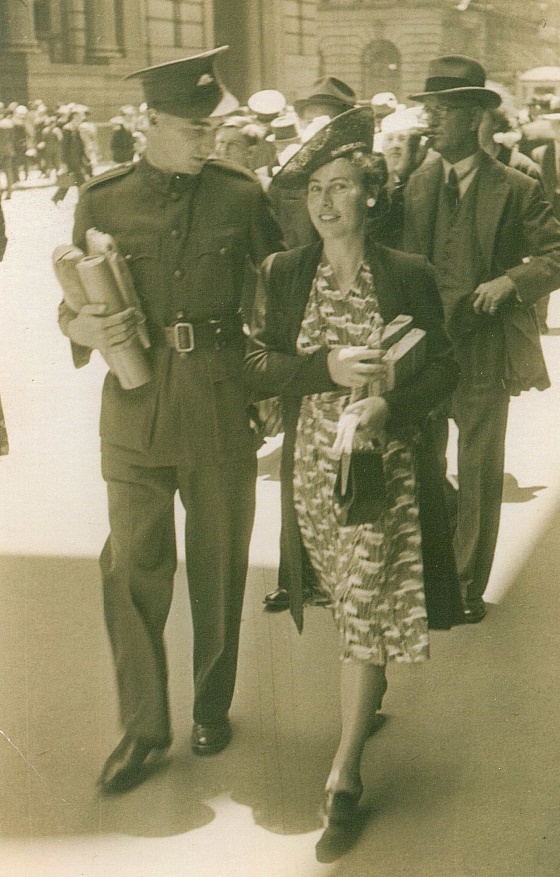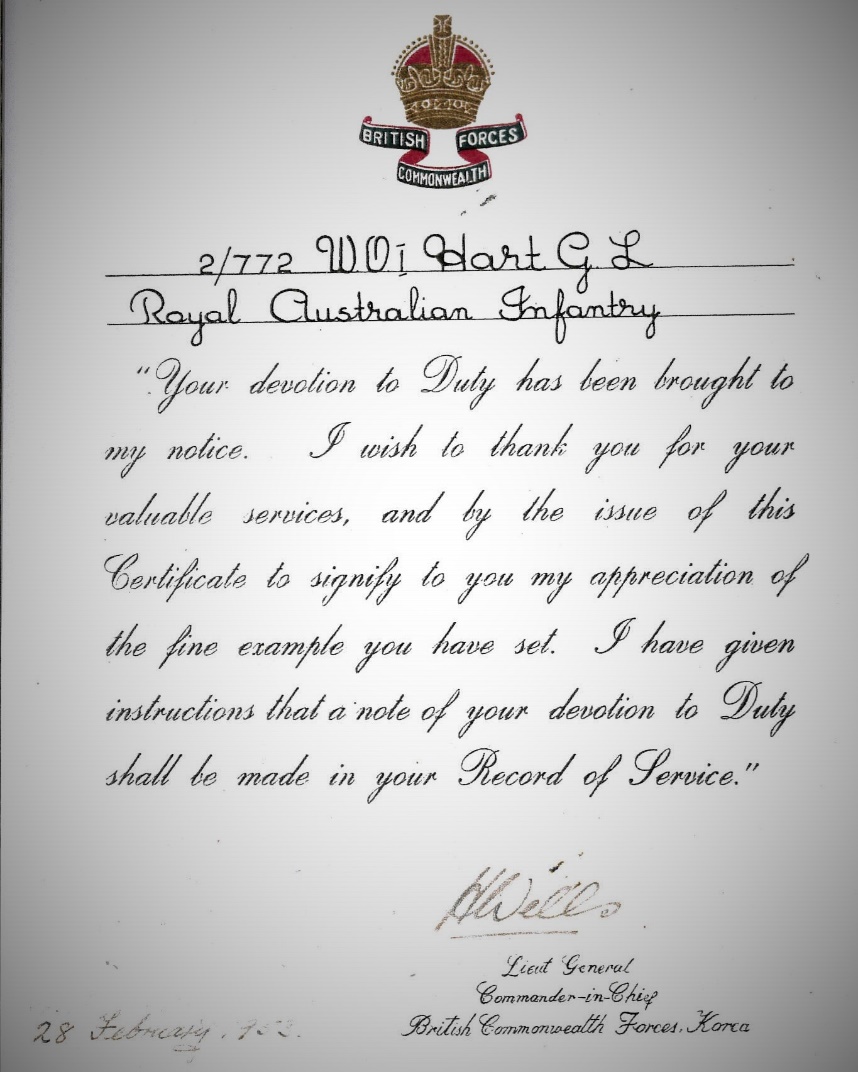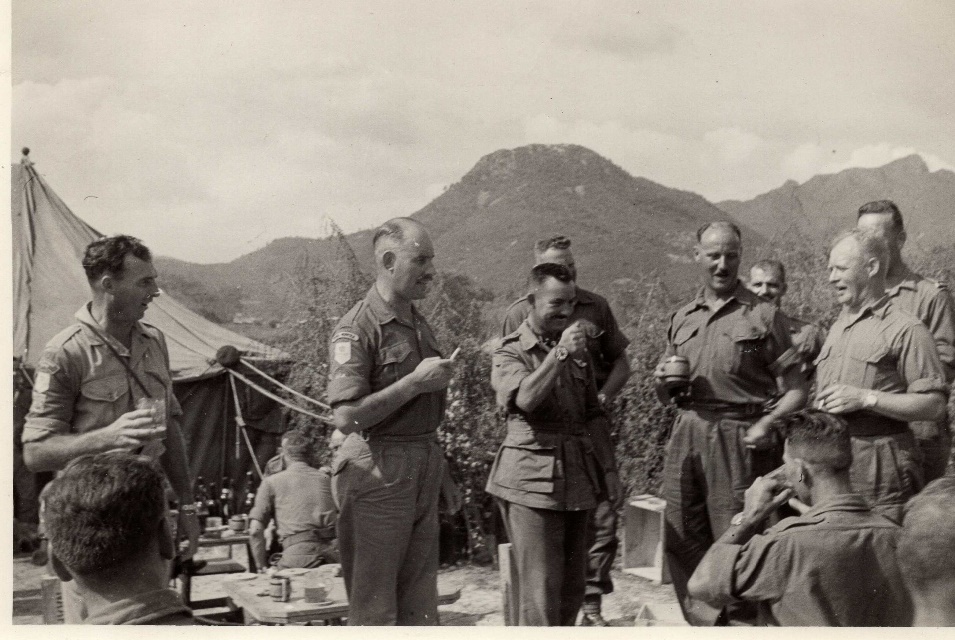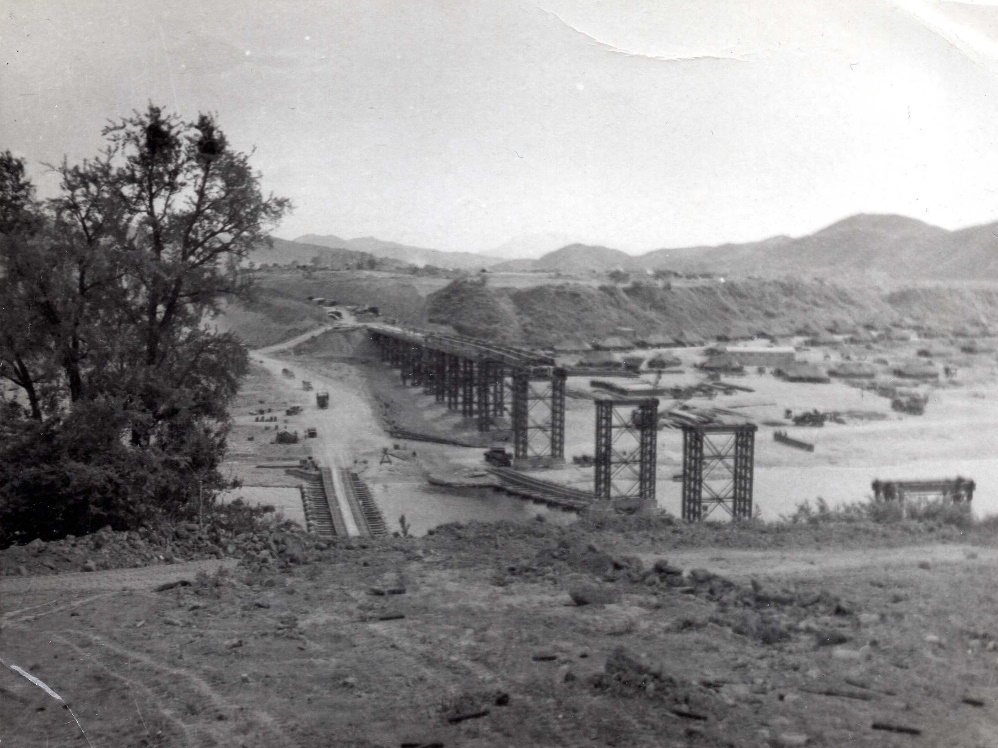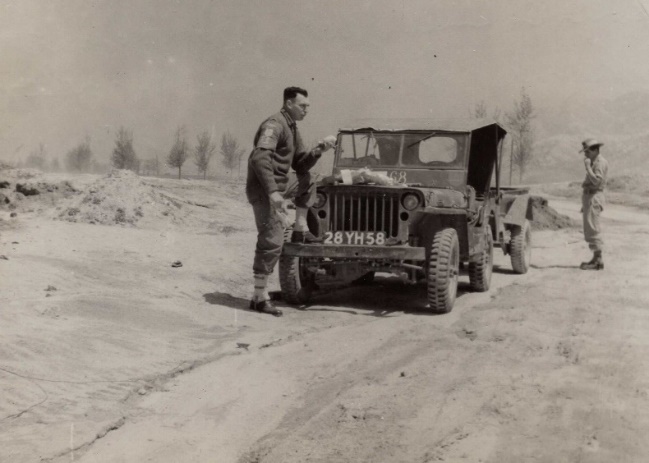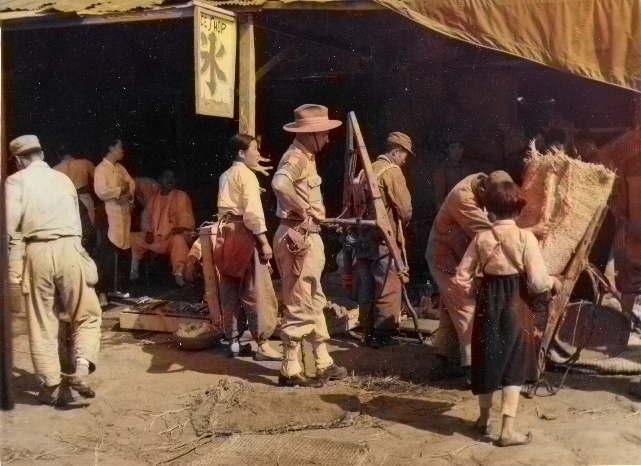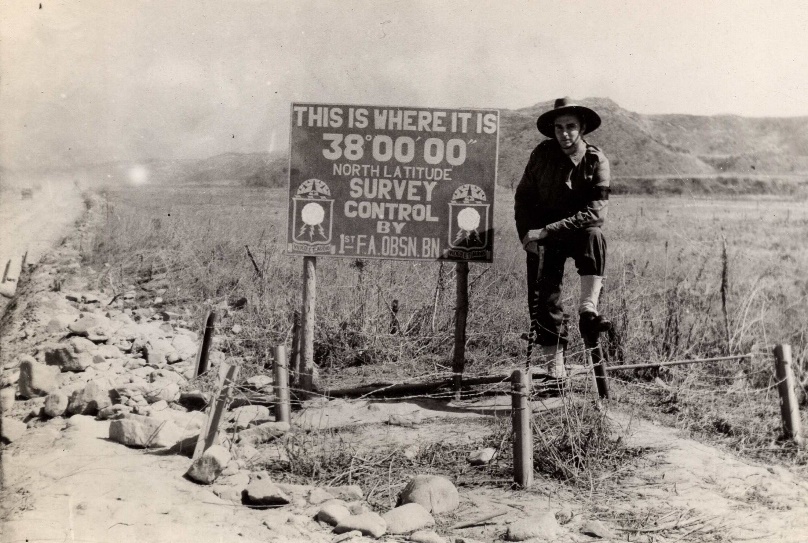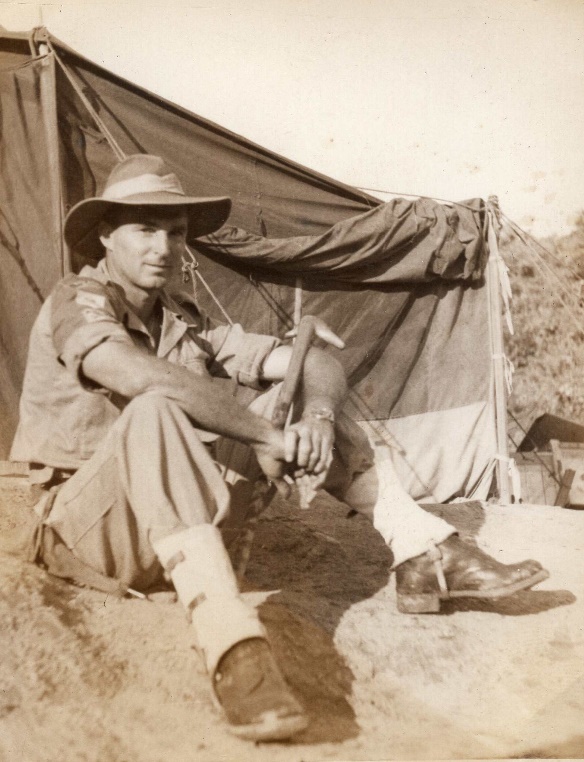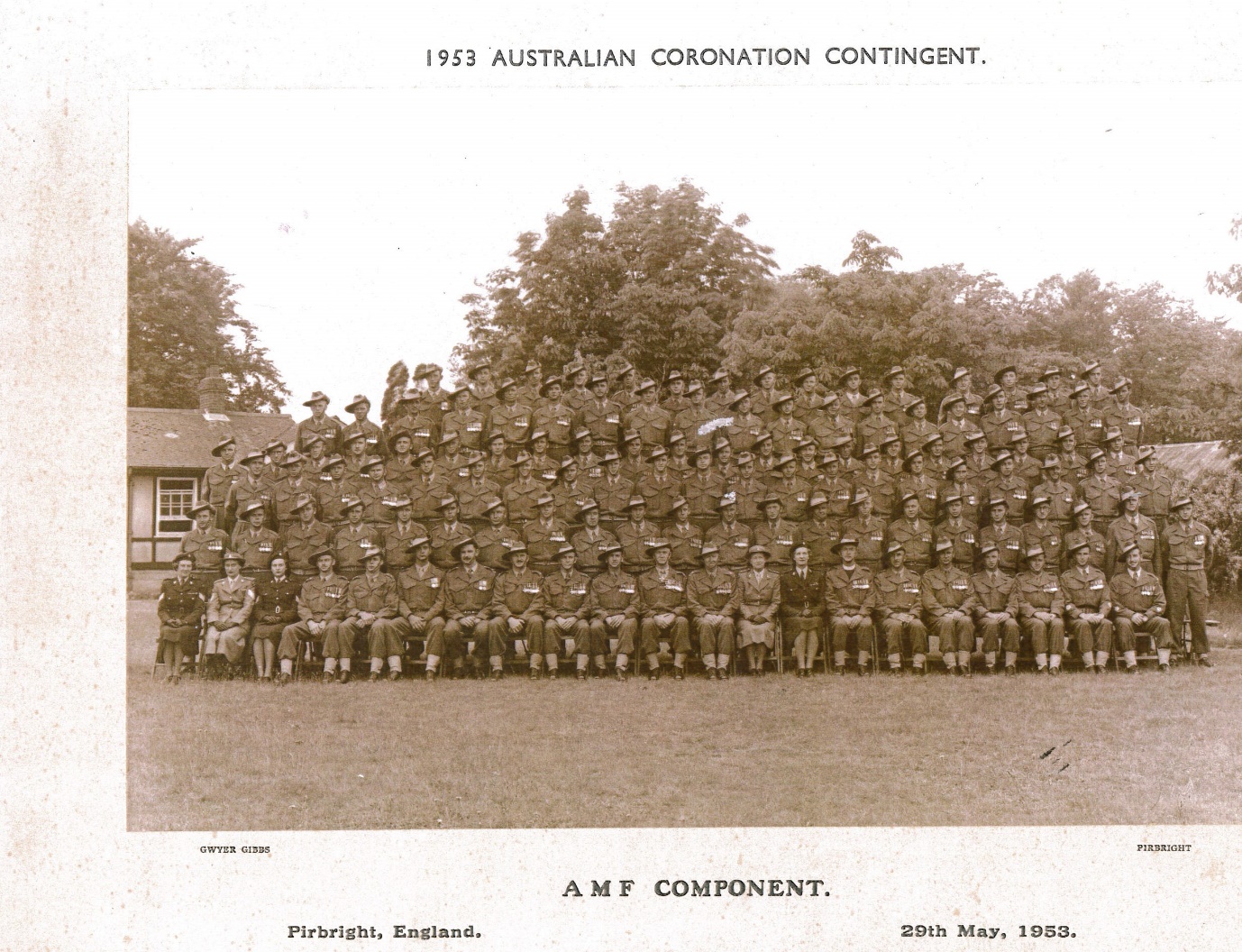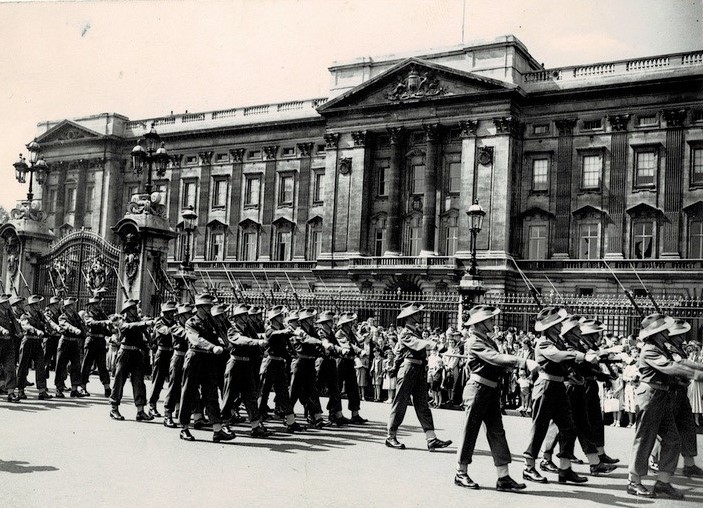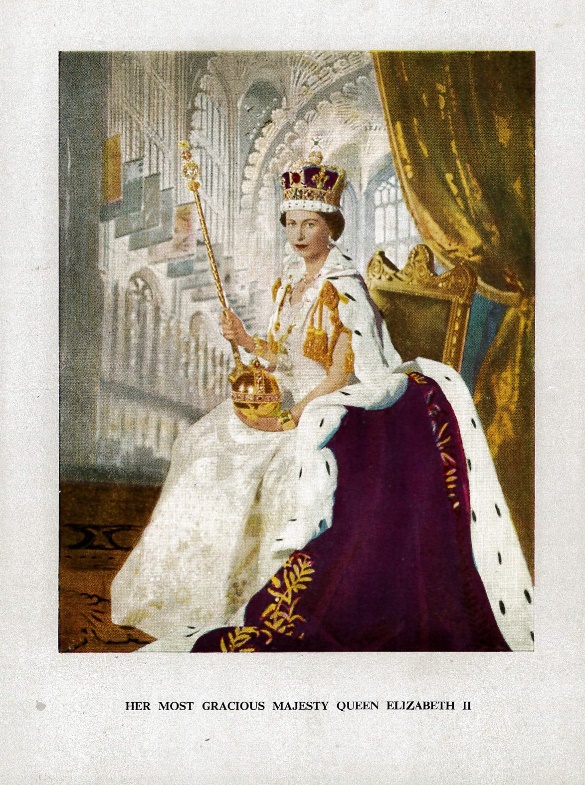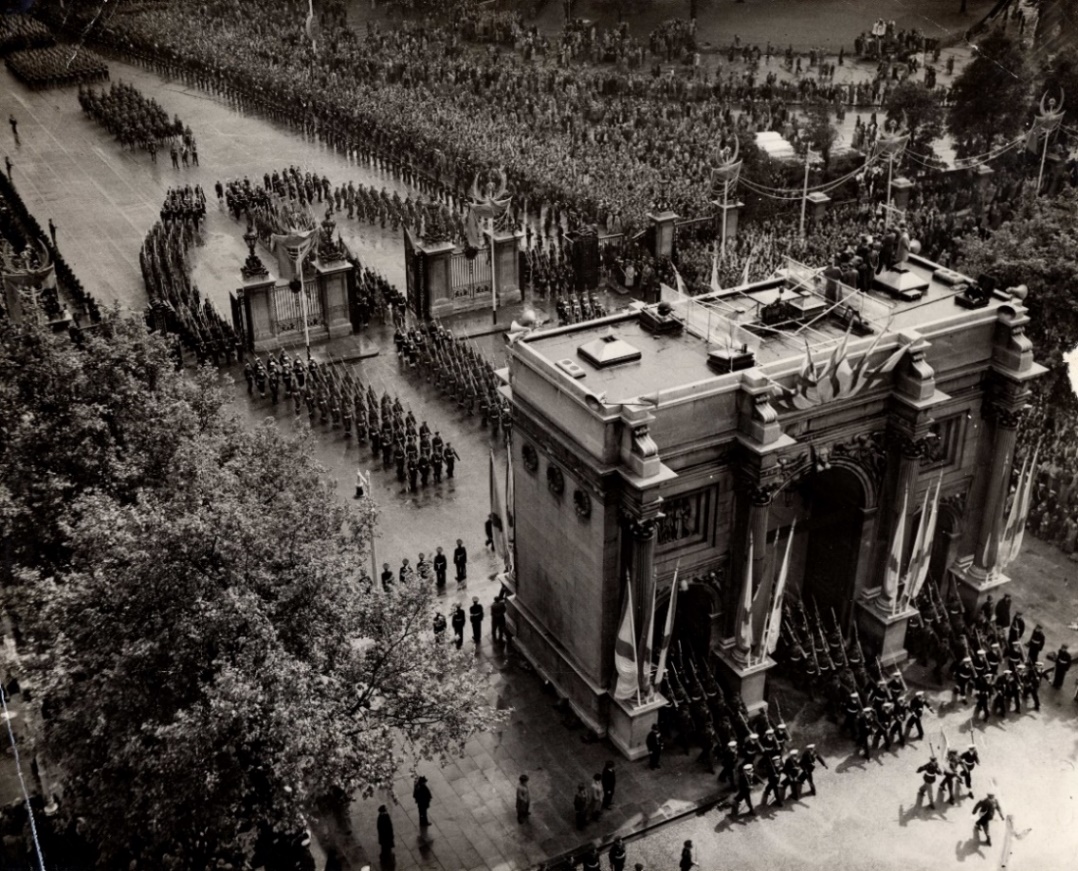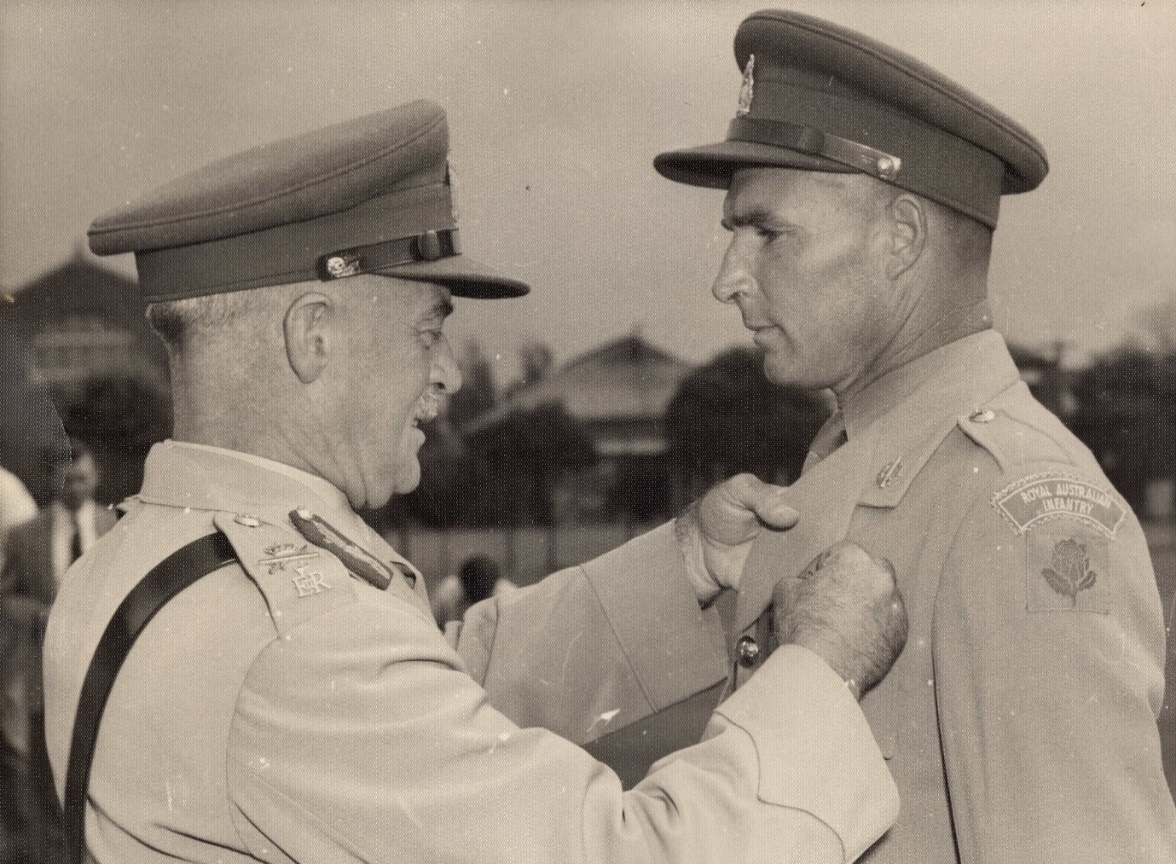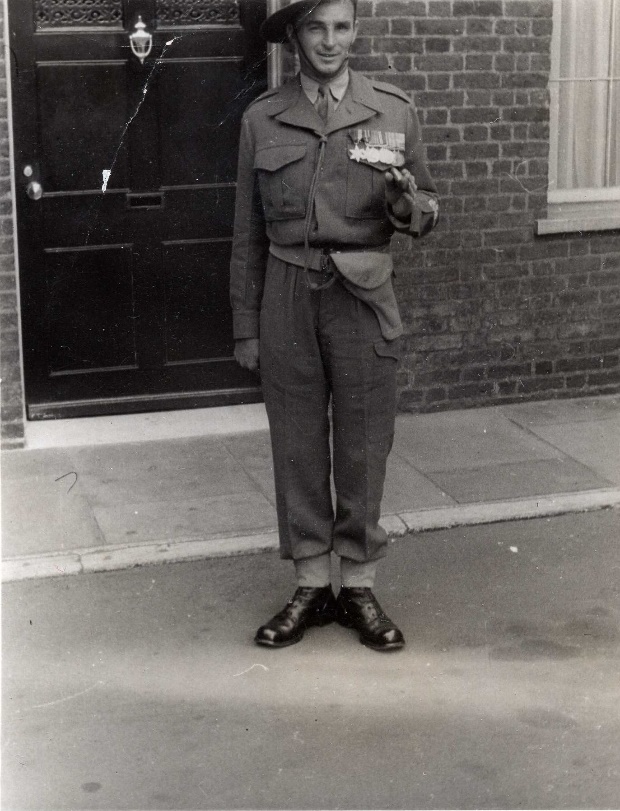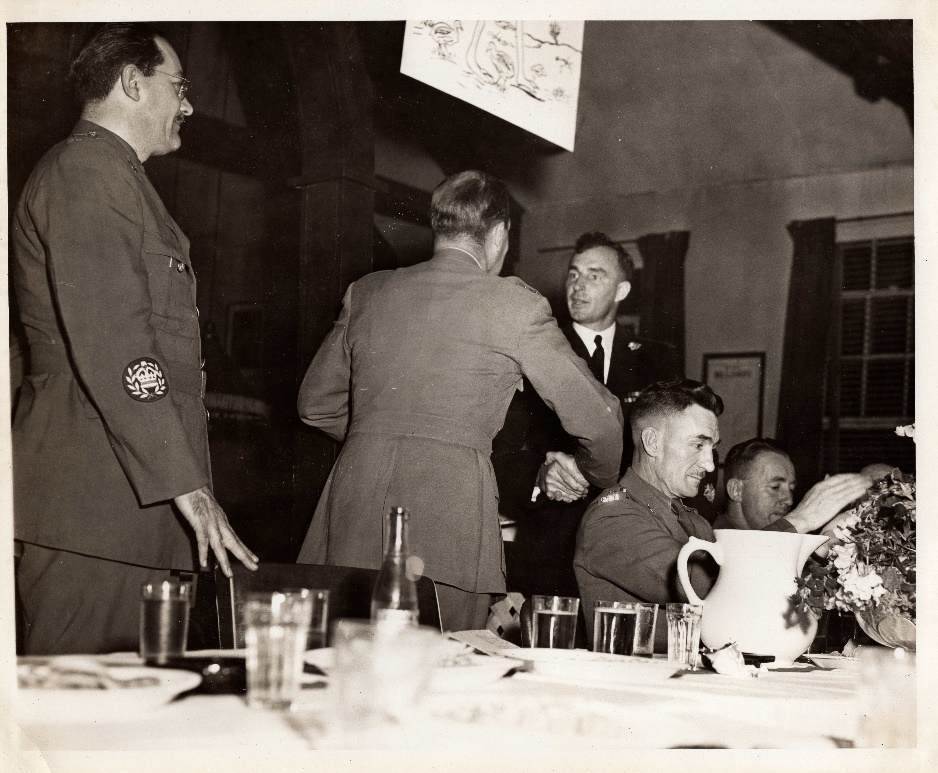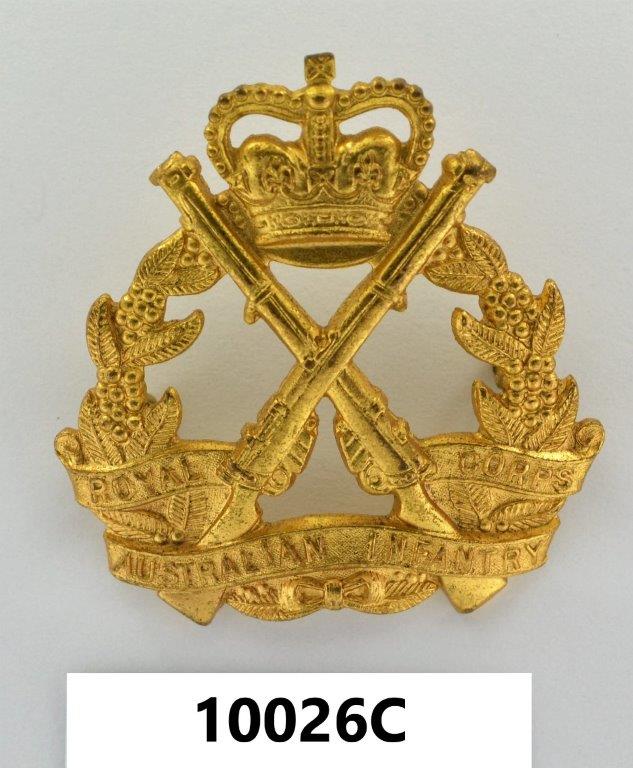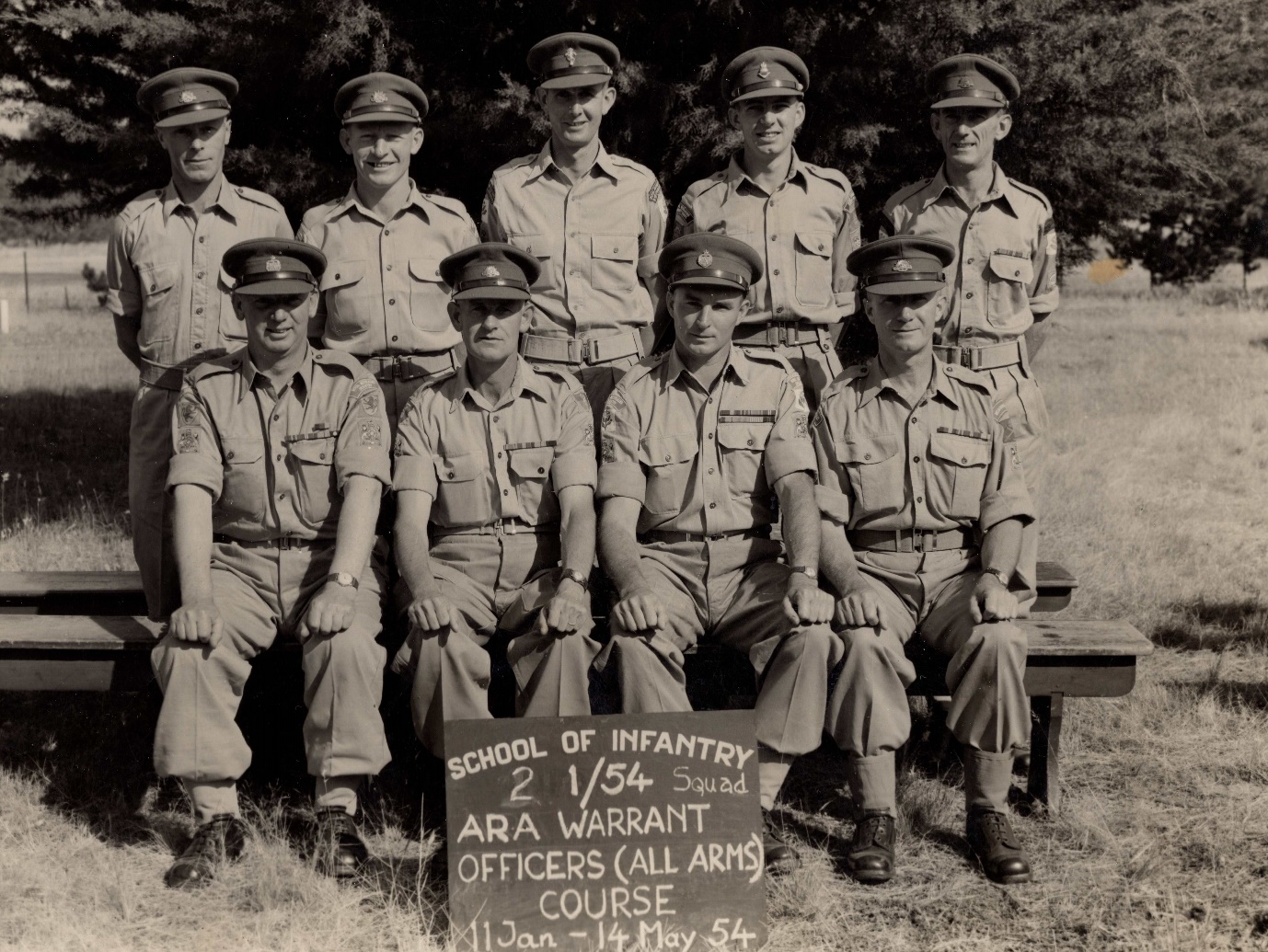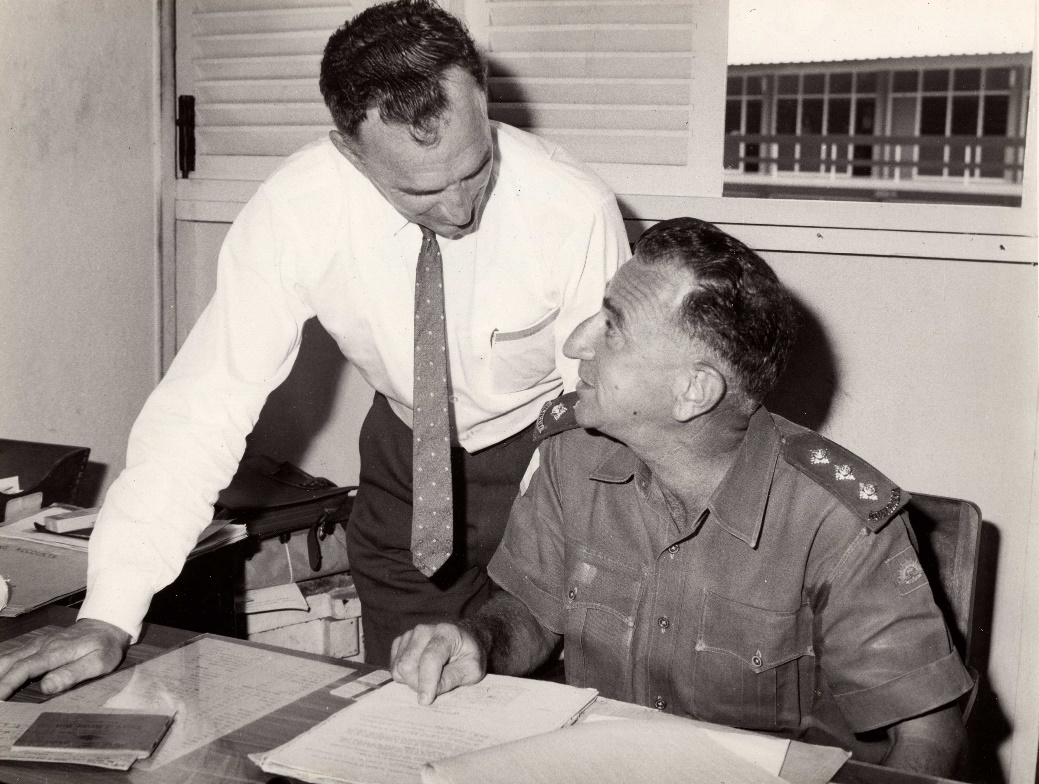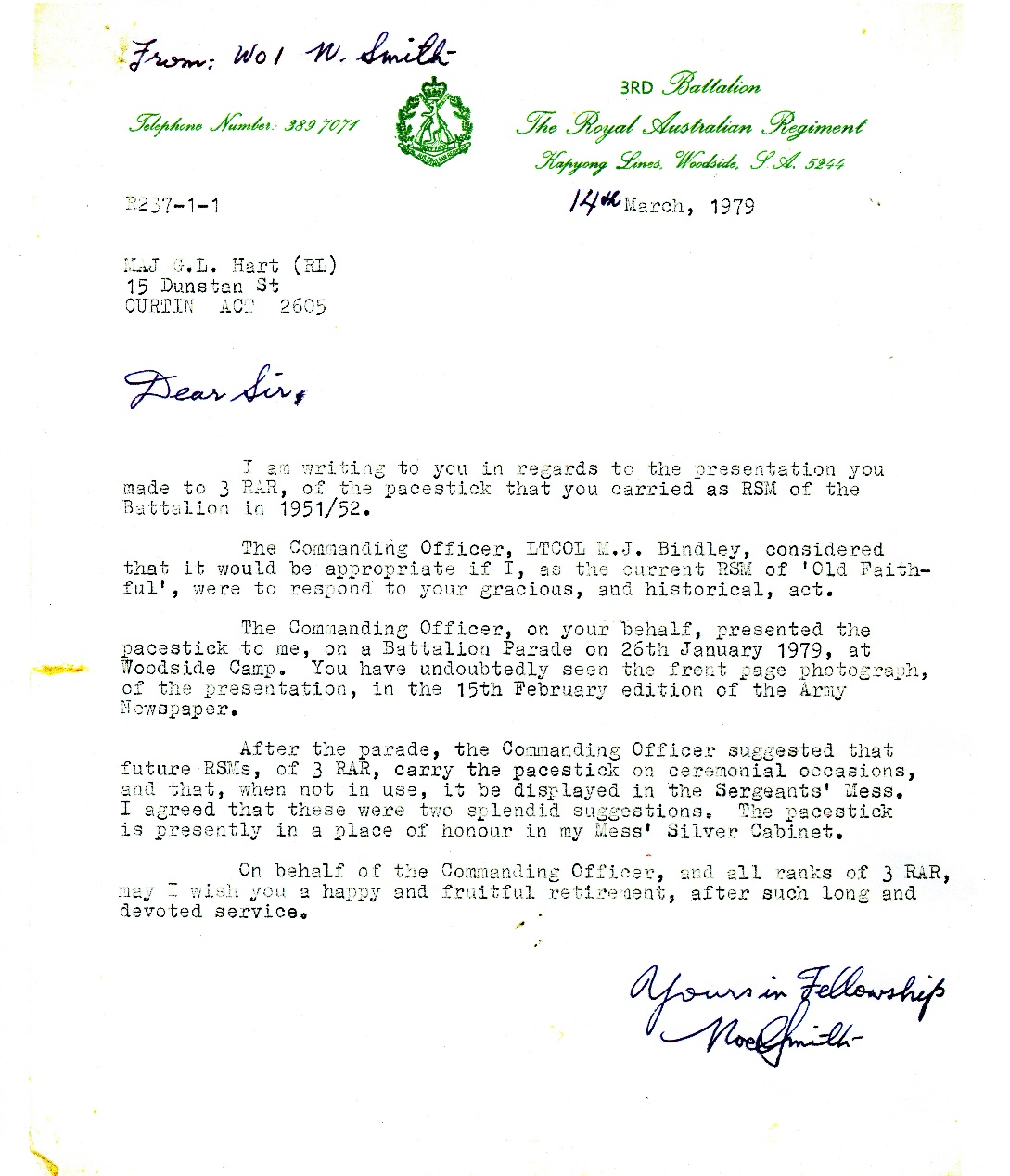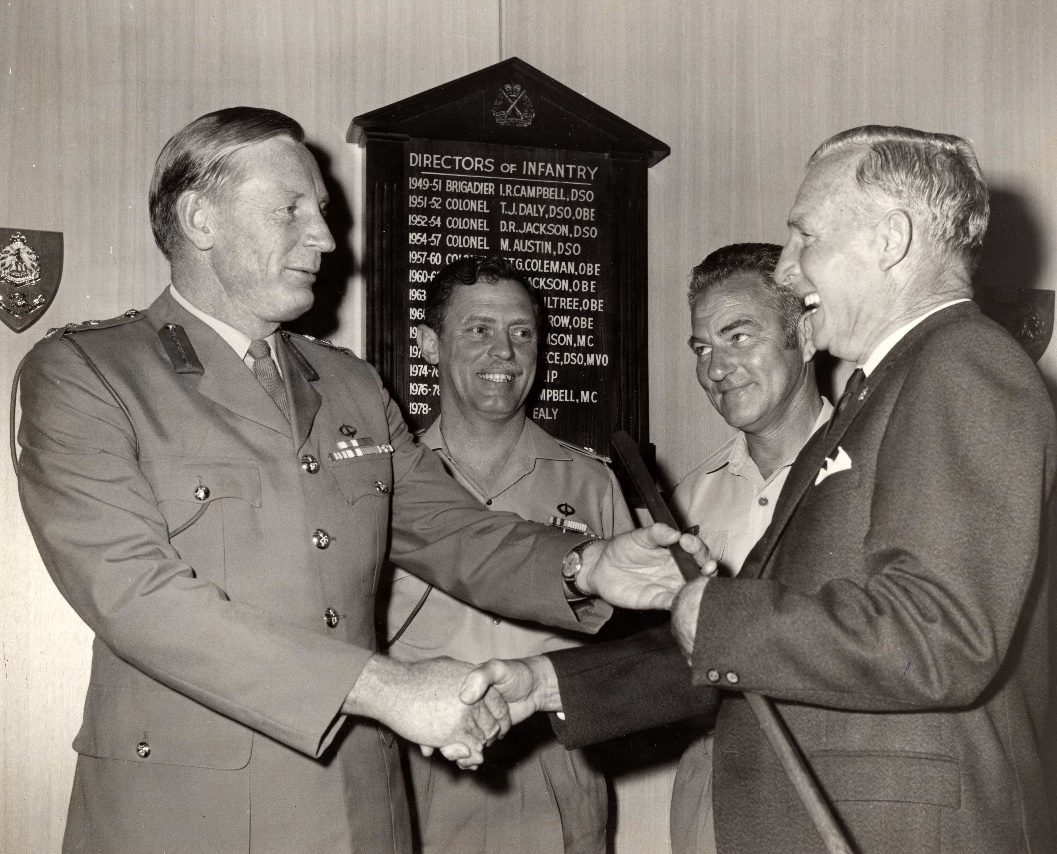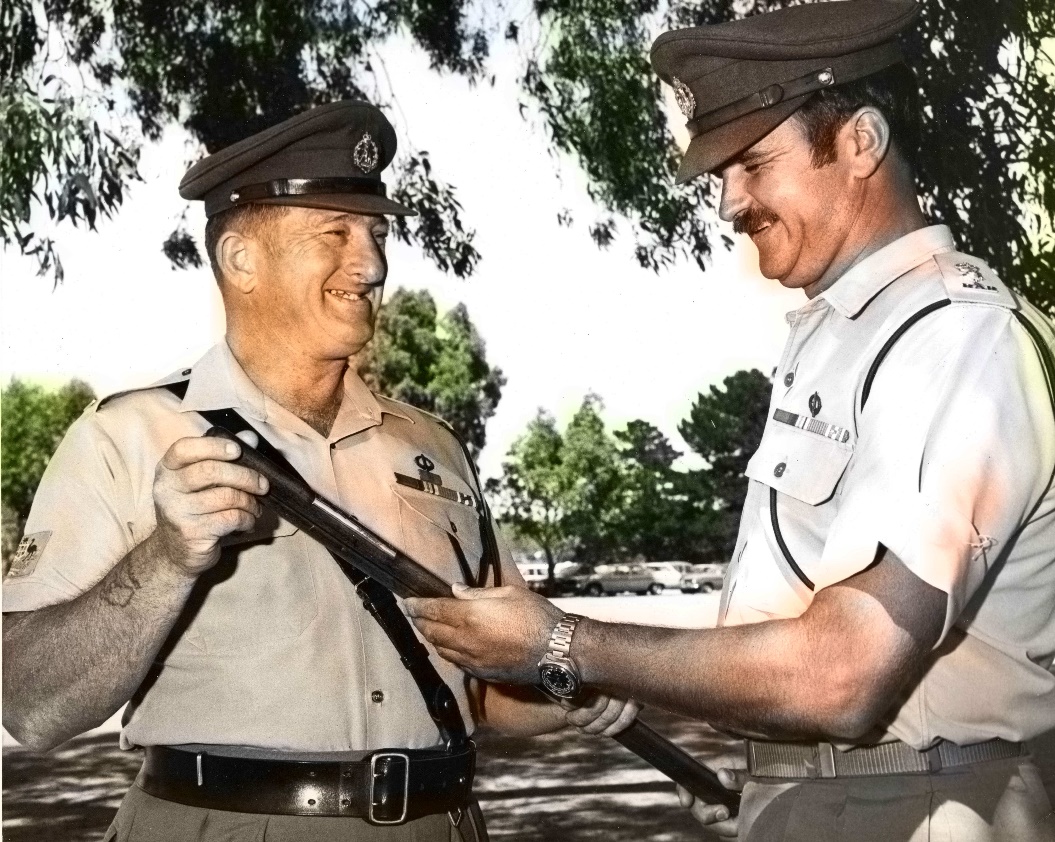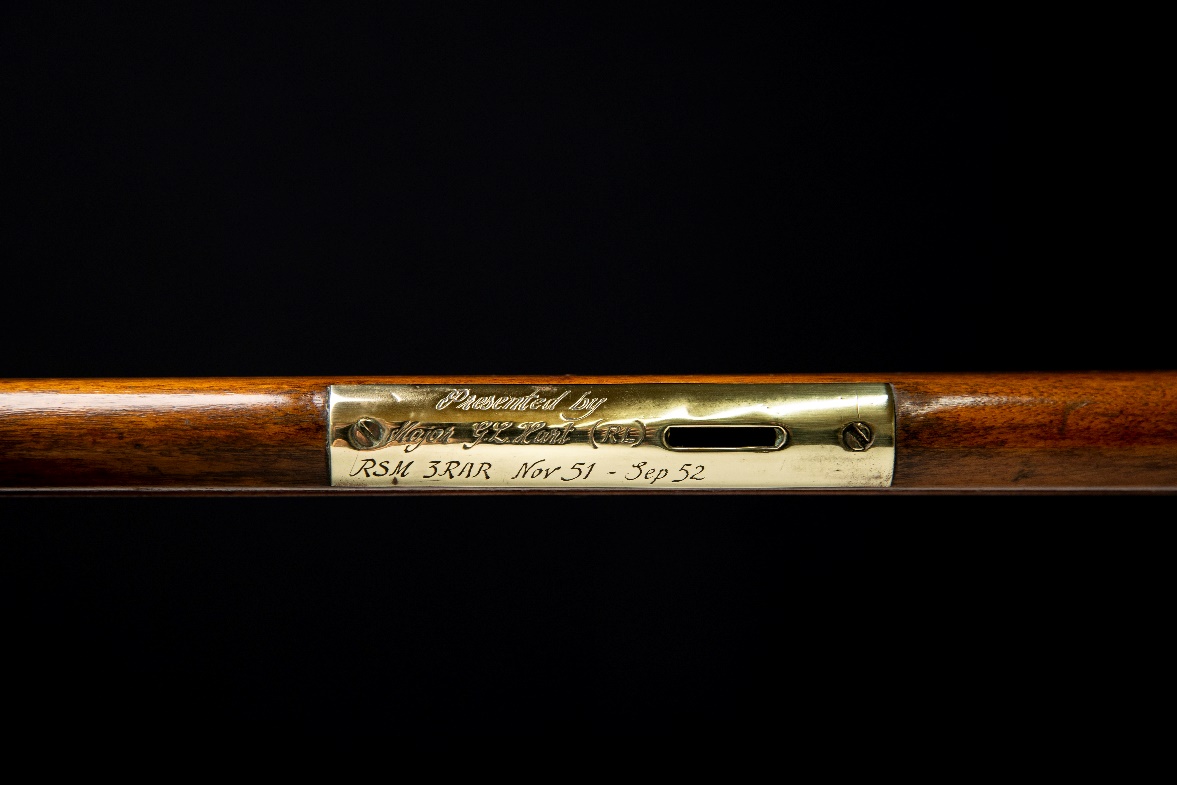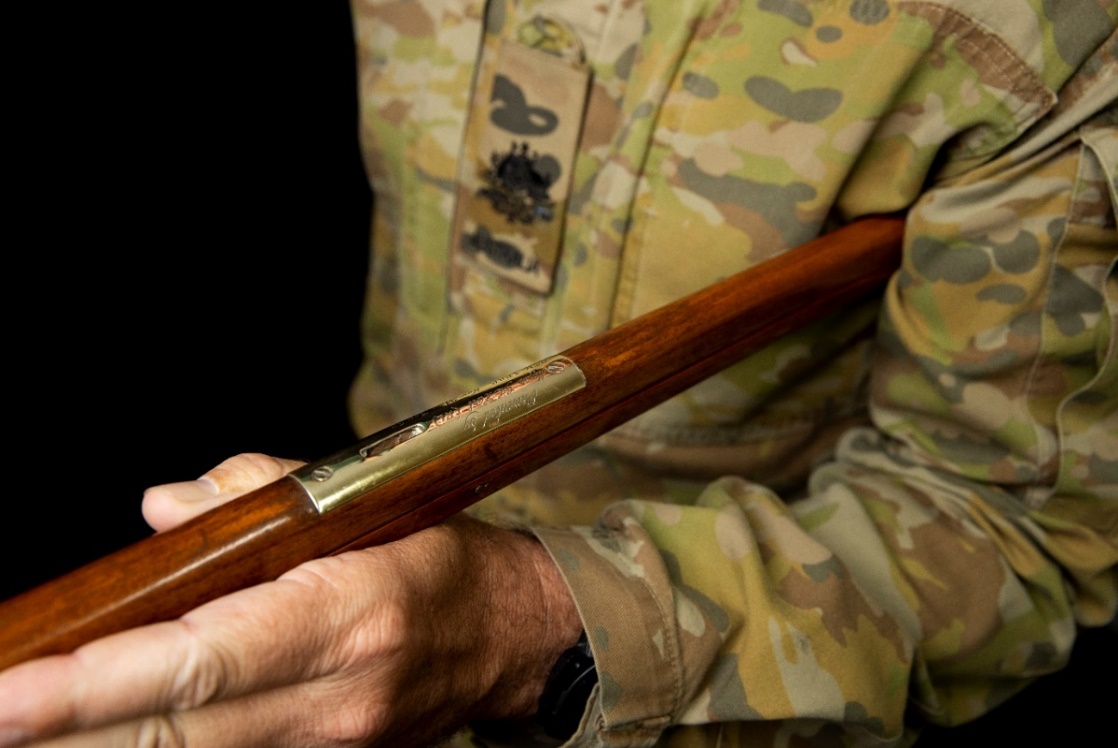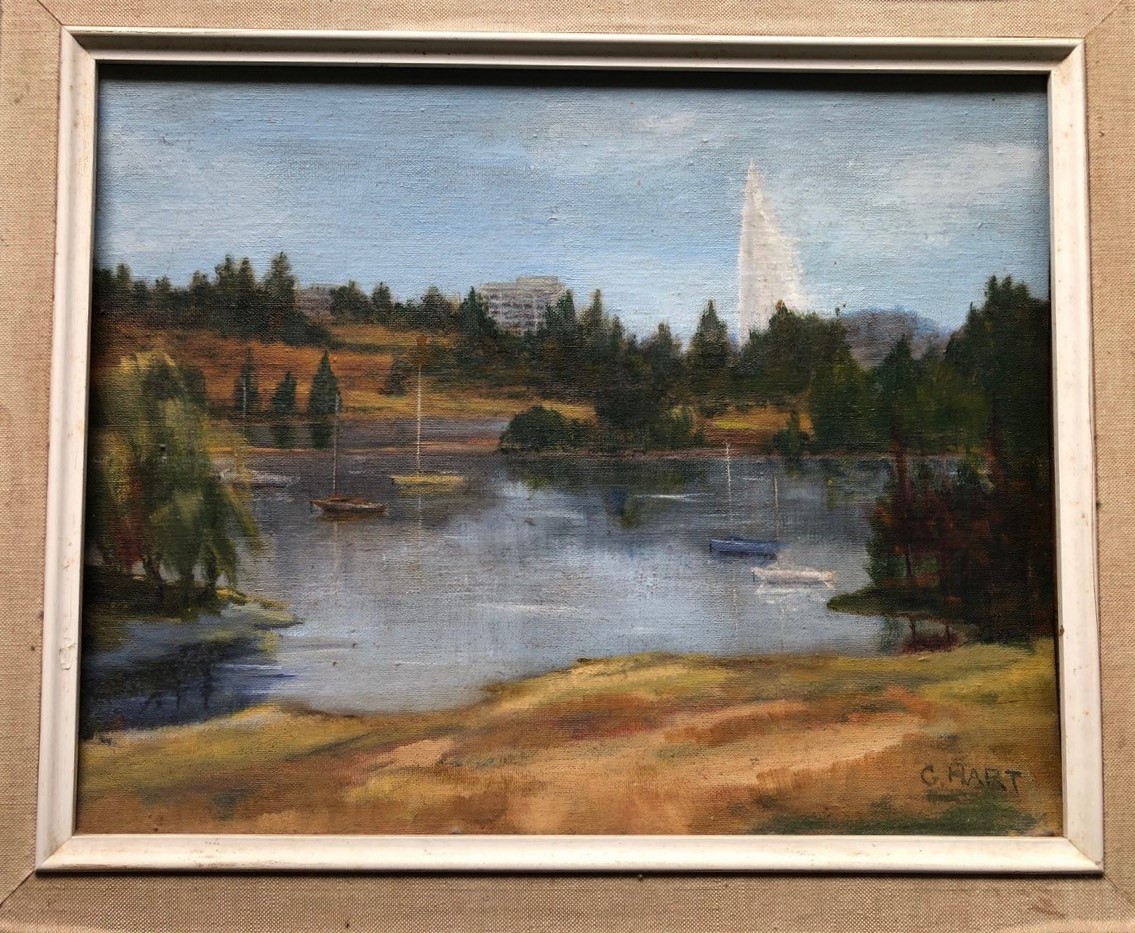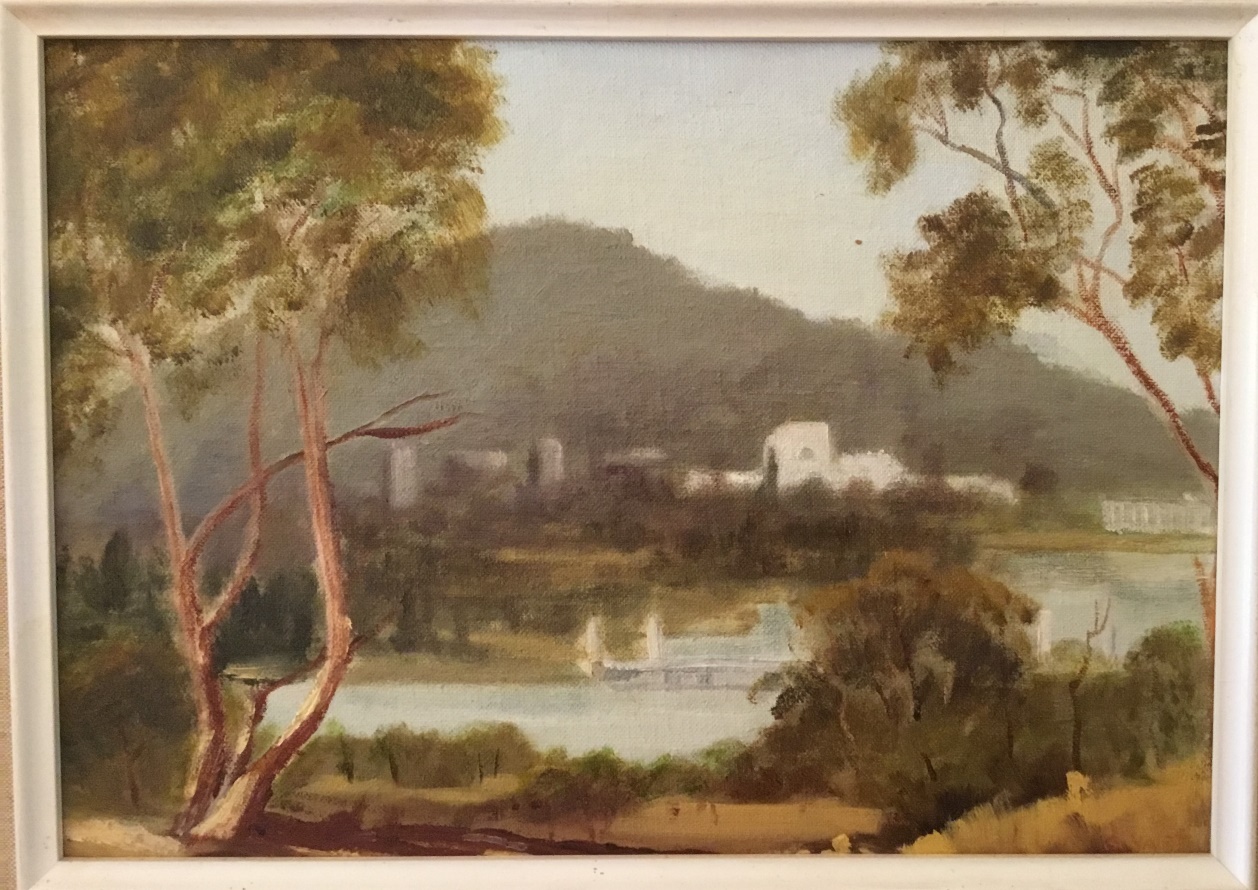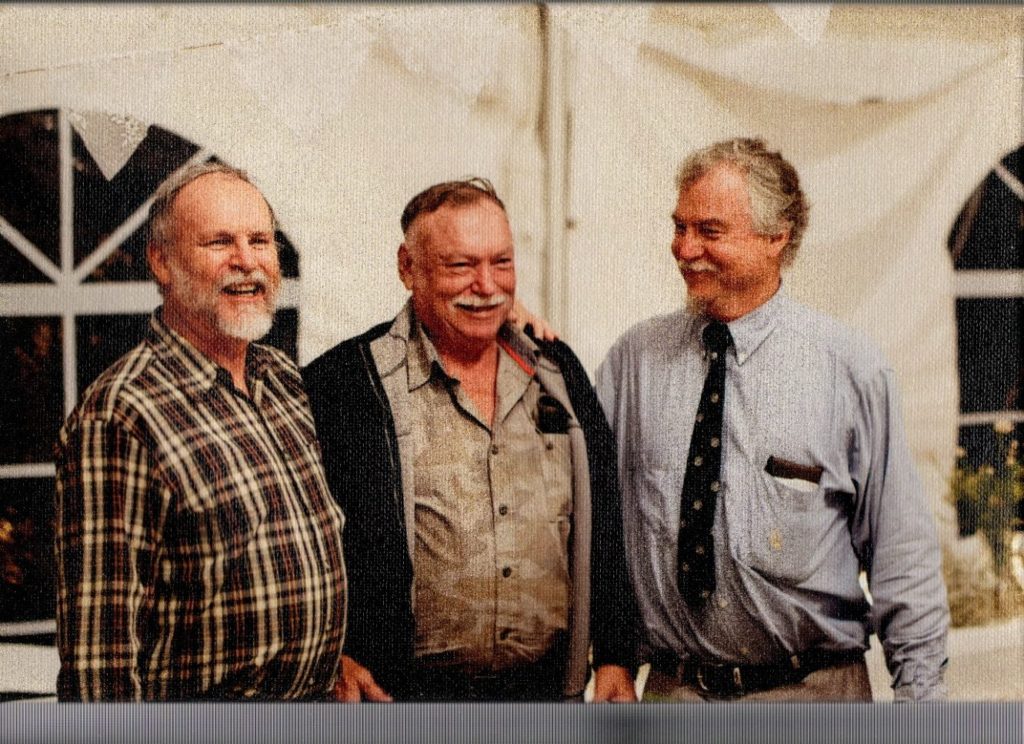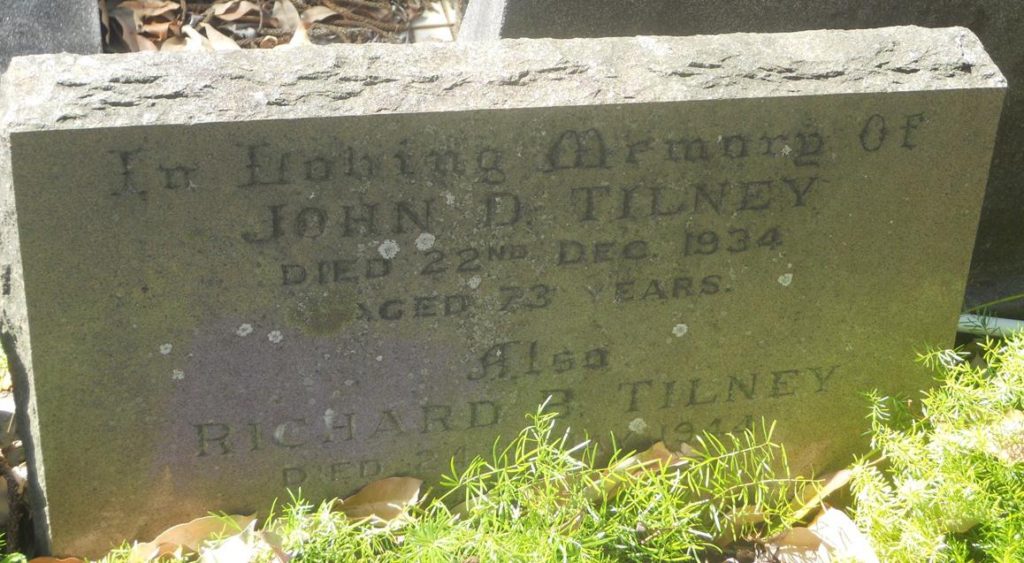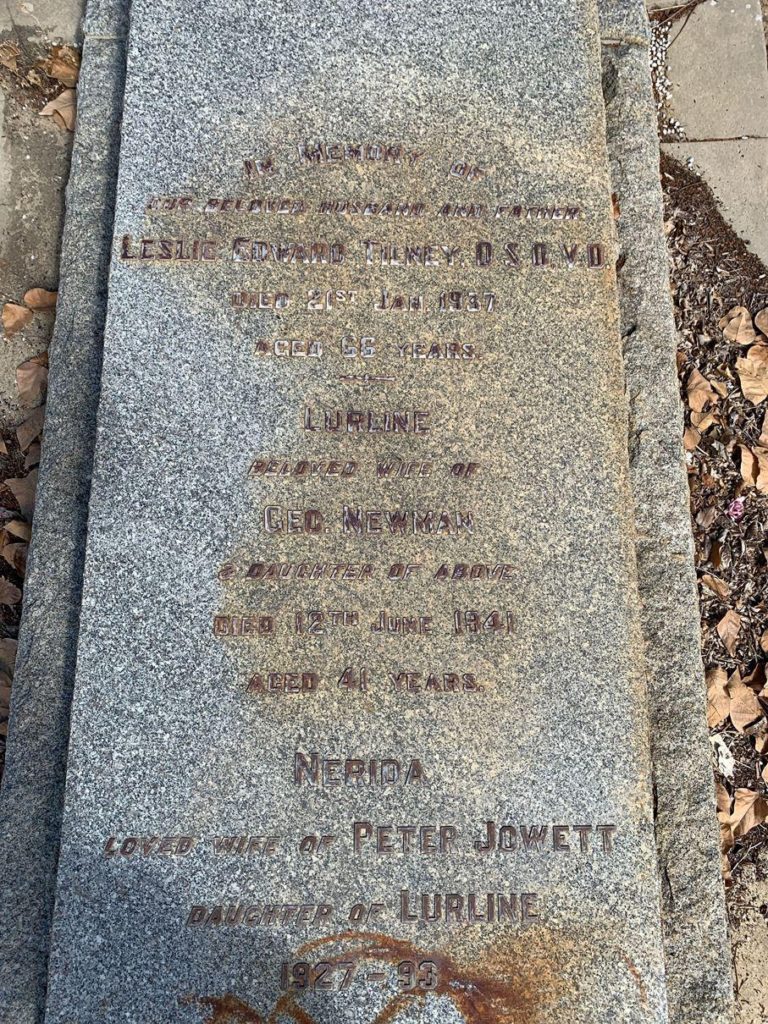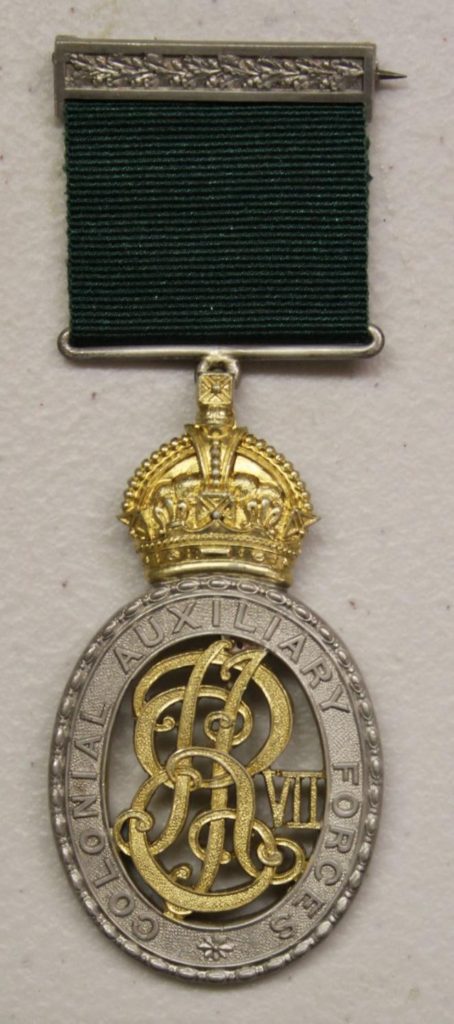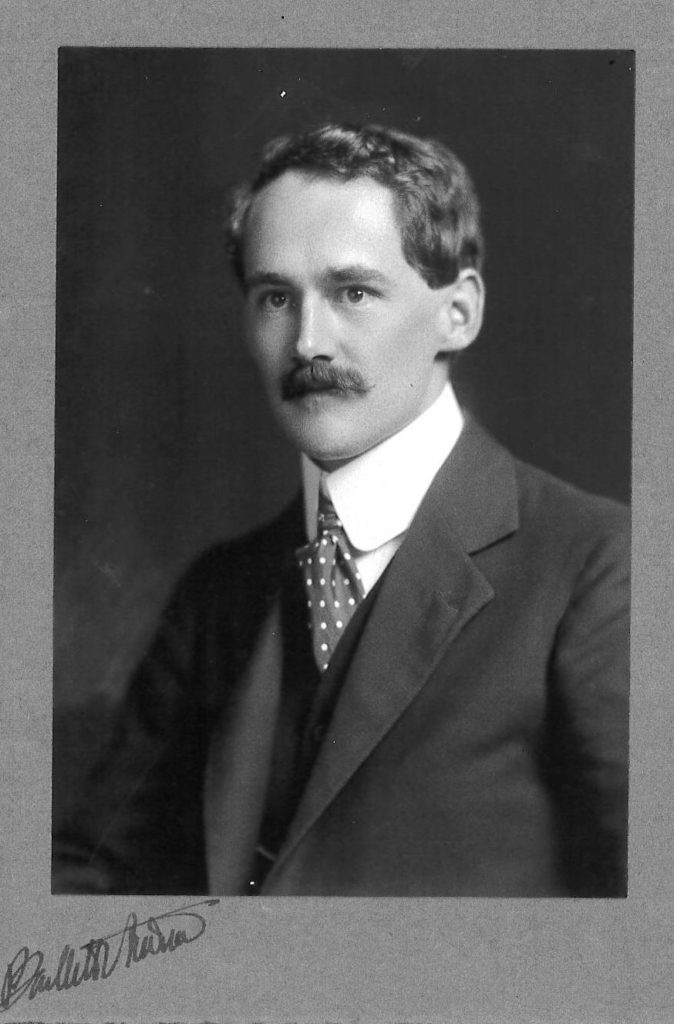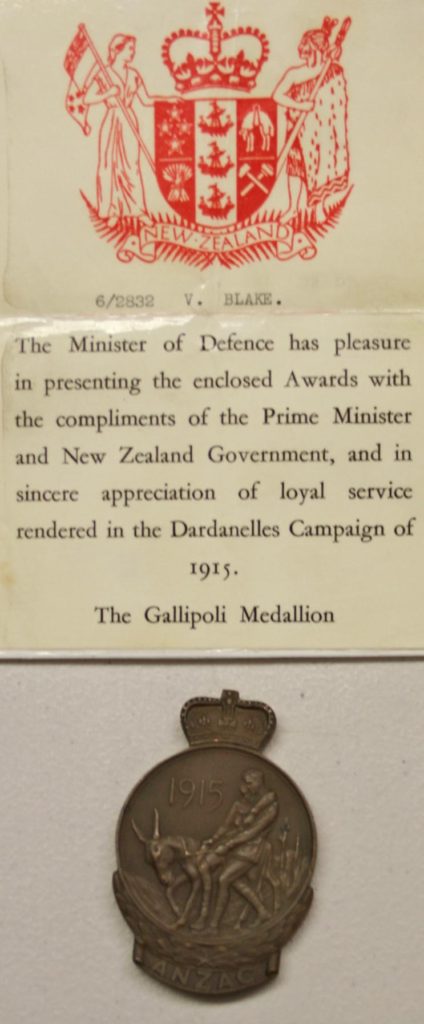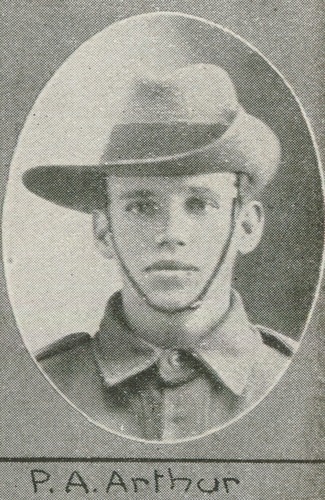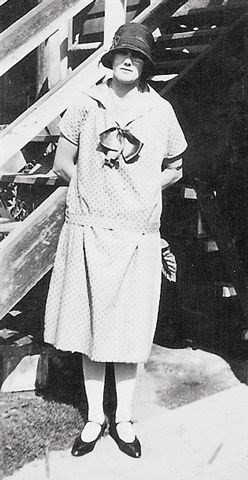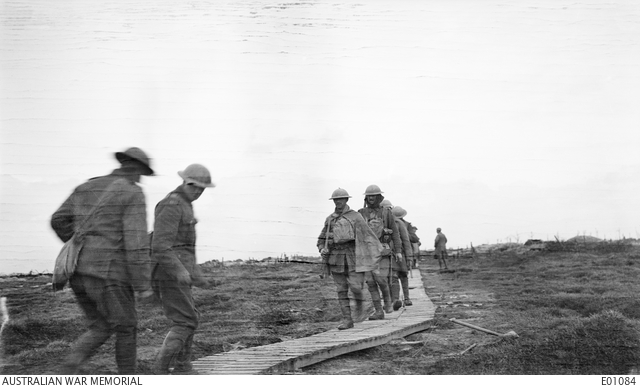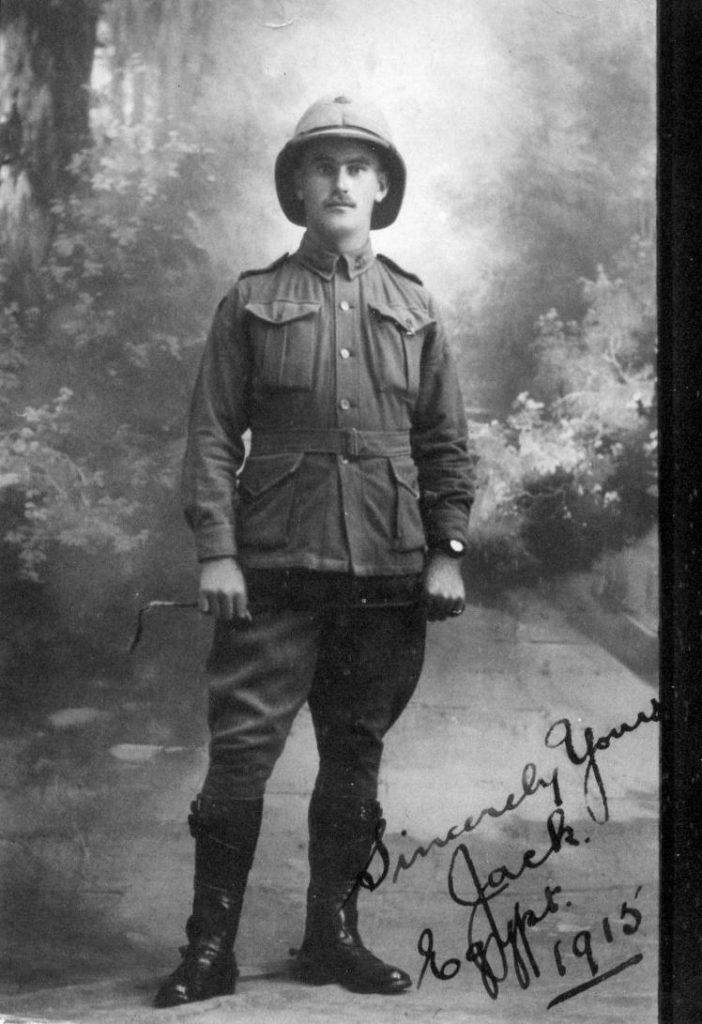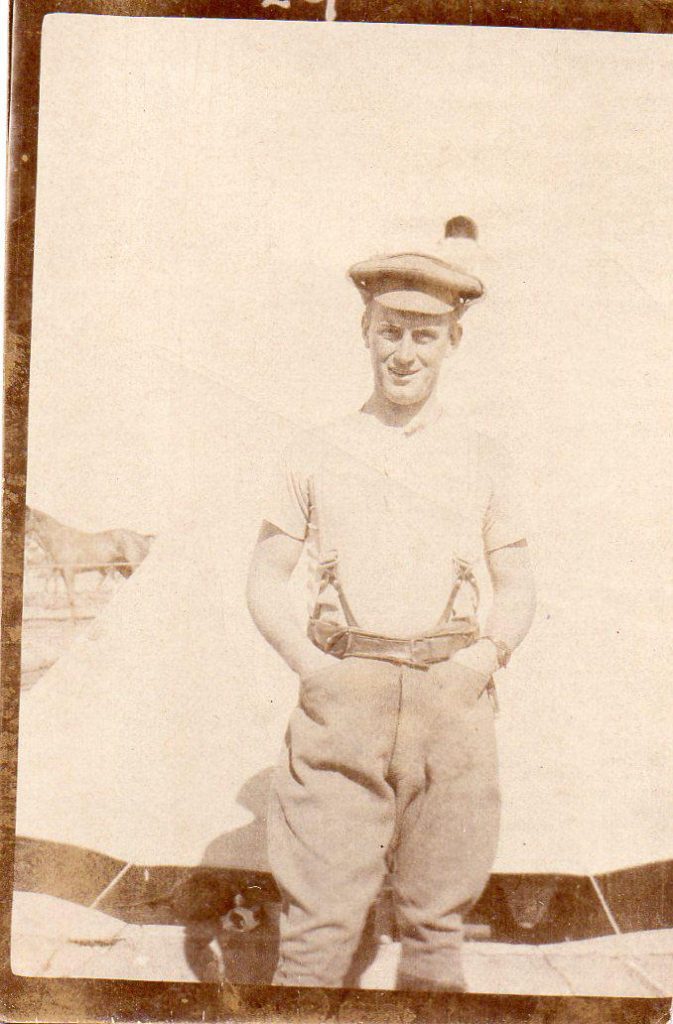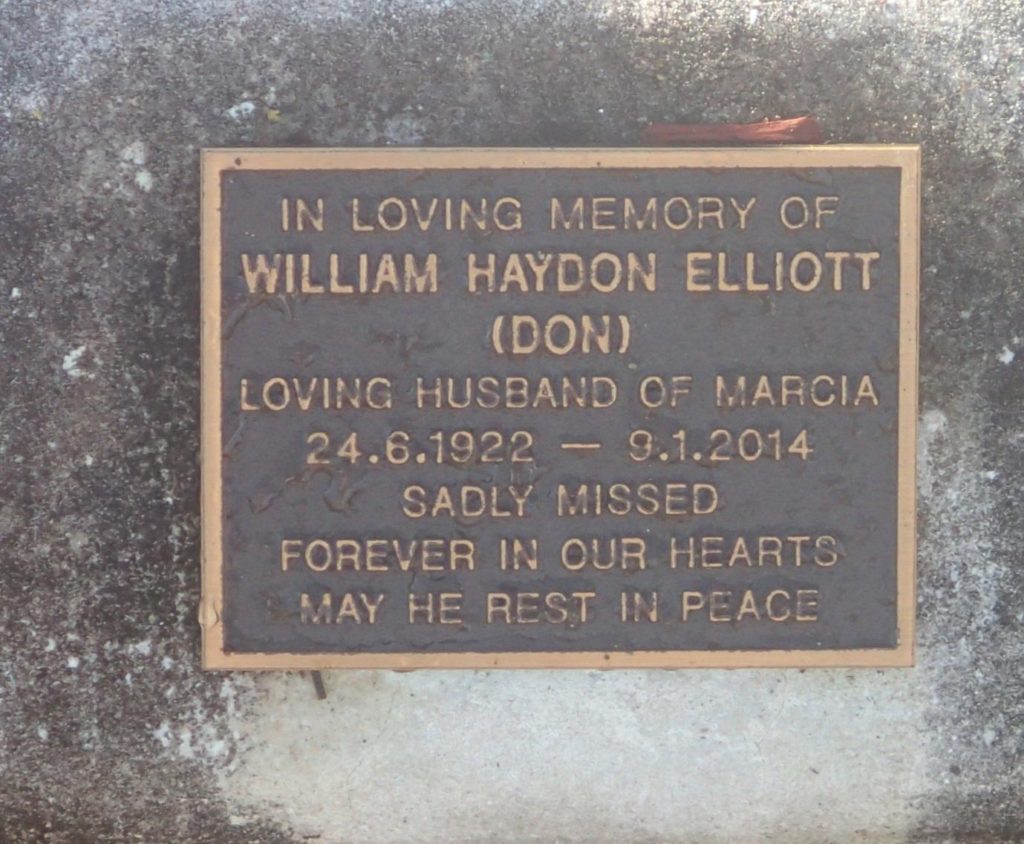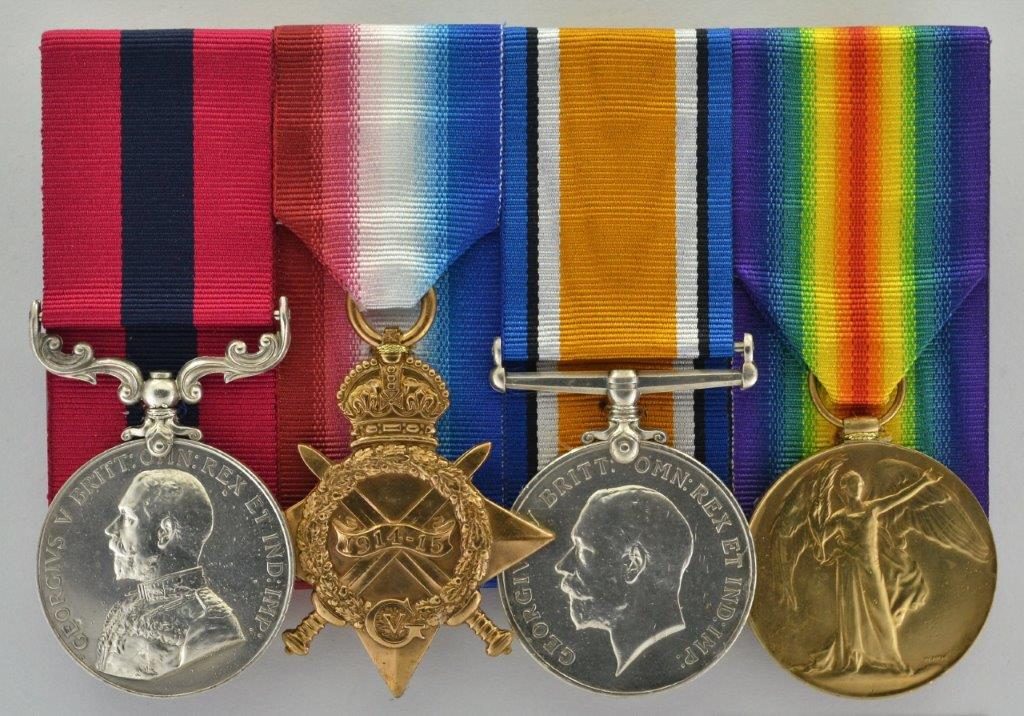Major Colin Pride STUMM MC MiD
11th Light Horse Regiment AIF
2nd Light Horse Regiment AIF
By Robert Simpson

Colin Pride Stumm was born on 6 May 1892 in Gympie Queensland. His birth was registered in Queensland under 1892/C/5558. He was one of ten children to Jacob John Stumm and Margaret Pride. Jacob had been born on 26 August 1853 in Germany. Margaret had been born in 1856 in Sydney. They were married on 17 April 1878 in Queensland.
In the 1903 electoral roll Jacob and Margaret were living in Southside Gympie with Annie, Isabel and Nellie. Jacob was listed as being a journalist with the others doing domestic duties. In the Week of Brisbane on Friday 7 February 1913 in page 21 had under ‘CANDIDATE FOR LILLEY. Mr. Jacob Stumm Selected. Nambour was a busy town on Saturday last, when about 50 delegates, representing branches of the P.P.L., the Women’s Electoral League, and the Farmers’ Union, from the nine State electorates included in the federal division, assembled at that town to select a candidate to contest the Lilley electorate at the forthcoming federal elections. … The first ballot decided the selection, and Mr. Jacob Stumm chosen by a clear majority. The voting was: Jacob Stumm, 52; O. J. Fenwick, 12; T. Glassey, 7; J. Hamilton, 5; K. Isgar, 5; G. Bradley, nil. Mr. J. Stumm, the selected candidate, is one of the proprietors of the Gympie Times, and for some years represented that city in the State Parliament. He briefly returned thanks for his selection, and Mr. Fenwick addressed the delegates appealing for unity.’ The 1919 electoral roll shows the same address and occupation for Jacob. Jacob John Stumm died on 23 January 1921 in Gympie. The Maryborough Chronicle, Wide Bay and Burnett Advertiser of Tuesday 25 January 1921 on page 2 had his obituary as follows ‘DEATH OF MR. JACOB STUMM.
A sensation was caused in Mary street on Saturday morning (says Monday’s “Gympie Truth”) when it became known that Mr. Jacob Stumm, the well-known ex-Federal and State parliamentarian and part proprietor of the “Gympie Times,” had been stricken, down with a serious illness in his office, afterwards diagnosed as haemorrhage of the brain. He remained in a semi-conscious condition at the Hospital until early in the afternoon, when he gradually sank into a state of coma, and never rallied, death taking place about seven o’clock on Sunday morning. The late Mr. Stumm was born in Germany, in 1854, and in the following year his parents emigrated to Australia, settling at Toowoomba shortly after their arrival. He was the eldest of a family of six— four sons and two daughters — one of whom, died in 1881. Soon after the discovery of Gympie, Mr. Stumm, then a mere lad, accompanied the late Mr. G. W. Stables, solicitor, to the field, and he resided here continuously all his life, He soon became associated with the staff of the “Gympie Times” and in the course of a few years acquired along with Mr. A. R. Ramsay, an interest in the paper, which subsequently developed into a joint partnership and continued until the present time. In 1877 Mr. Stumm was married to Miss Margaret Pride, of Maryborough, who now survives him. There is also a grown-up family of five sons and five daughters, all of whom were born in Gympie. The sons are Charles, Frederick, Robert, Otto, and Colin. The first-named four are engaged in pastoral pursuits, and Mr. Colin Stumm is a, solicitor now established in Rockhampton. Three of the sons — Frederick, Otto and Colin — saw active service in the late war. The daughters are Lady Glasgow, Mrs. F. E. Elworthy, Mrs. D. Glasgow, and Misses Delphine and Doris Stumm. During his lifetime here, the late Mr. Stumm became a prominent and honored figure in the public life of the field. In his early years of journalism he was on the Parliamentary “Hansard” staff for several years, and subsequently edited the “Gympie Times” until a few years ago, when his brother. Mr. A. L. Stumm, took the chair. In 1896, when Gympie was a two-member constituency, the late Mr. Stumm entered the State Parliament with the late Mr. Wm. Smythe as a representative of the field, and served for the term of that Parliament. At the Federal elections of 1913, the new Lilley Division having been formed on Queensland becoming entitled to a tenth member of the House of Representatives, Mr. Stumm became the first member for that constituency, and was re-elected in 1914. At the 1917 election he decided not to seek re-election. Personally the late Mr. Stumm was a man of high character and probity, in public and private affairs, and retained the esteem of a large circle of friends, as well as the respect of the citizens generally. He was buried in Gympie Cemetery on 24 January 1921 in section CESB plot 7-247.


Jacob Stumm.
The State Library of Queensland has a collection titled ‘Stumm family collection, 1868-1980’ which contains ‘Personal papers, correspondence, military records, one textile and a devotional book’ and is available to view at the library. It also records a biography on Trove indicating ‘Jacob Stumm (1853-1921) was born in Germany and emigrated to Australia with his family at the age of 2. He was a journalist and the owner of the “Gympie Times” newspaper, and served as a politician in the Queensland Legislative Assembly, being the member for Gympie from 1896 to 1899. He was elected to the Australian House of Representatives in 1913 as the Liberal member for the new seat of Lilley, a position he held until his retirement in 1917. During World War I several of his sons served in the armed forces, including Colin Pride Stumm who was awarded the Military Cross and rose to the rank of Major. Jacob Stumm’s daughter, Annie Isabel, married Thomas William Glasgow, who rose to the rank of Major General and was in charge of the 1st Australian Division during World War I, later pursuing a career in politics and being appointed Australia’s first High Commissioner to Canada.’
Margaret was living with her daughter Margaret Delphine Stumm at Lawrence Street Gympie in the 1925 electoral roll, both doing home duties. She died on 9 June 1925 in Gympie. The Daily Mail of Brisbane on Thursday 11 June 1925 in page 9 under ‘Obituary’ had ‘MRS. MARGARET STUMM. GYMPIE, Wednesday- — Mrs. Margaret Stumm, widow of Mr. Jacob Stumm, died from heart failure yesterday morning. She had been suffering from heart trouble for some time past, and took a bad turn about 8 o’clock, which proved fatal. She was 69 years of age, and survived her late husband for four years. She leaves a family of five sons and four daughters. Of the latter the eldest is Lady Glasgow, wife of General Sir William Glasgow, a Queensland Senator. The second daughter is Mrs. P. Elworthy, of Gympie. Another is Mrs. David Glasgow, at present living at Innisfail. The fourth daughter is Miss Delphine Stumm, while the fifth daughter, Miss Doris Stumm, died suddenly Iast year. The sons include Mr. Charles Stumm, who till recently had been engaged in pastoral pursuits in the Cunnamulla district. Messrs. Otto, and Robert Stumm, who are pastoralists in the Kilkivan district. Mr Fred Stumm, who until recently was similarly engaged near Mackay, and Mr. Colin Stumm, a solicitor at Rockhampton. Three of the sons are married. The late Mrs. Stumm was born at Sydney, and came to Mackay with her parents over 50 years ago. The whole of her married life, some 46 years, has been spent at Gympie. Her late husband, Jacob Stumm, was well-known as part proprietor of the Gympie “Times” newspaper, and was at one time member of the State, and also the Federal Parliaments. The funeral took place at Gympie cemetery today, the service being conducted by Rev. T. G. Allan, Presbyterian minister at Gympie.’
With their children: –
Annie Isabella Stumm was born on 24 January 1880 in Queensland. In the 1903 electoral roll she is listed as Annie Isabel and is living in Southside Gympie with her parents and sister Nellie. On 24 April 1904 Annie Isabel Stumm married Thomas William Glasgow. Thomas had been born in Tiaro on 6 June 1876, a son to Samuel Glasgow (1842-1916) and Mary Margaret Trotter Anderson (1850-1912). Thomas had served in the Boer War as a Lieutenant with the 1st Queensland Mounted Infantry. They had two girls, Joan Stumm Glasgow born on 21 May 1905 in Queensland and Beth Stumm Glasgow born 27 April 1908 in Queensland. Beth died in 1991 and is buried in Toowoomba Garden of Remembrance. In the 1908 and 1913 electoral rolls they were living in Stewart Terrace Gympie, where Thomas was a storekeeper. He served in the First World War, initially as a Major with the 2nd Light Horse Regiment. His biography is here: – https://adb.anu.edu.au/biography/glasgow-sir-thomas-william-6397 and https://www.awm.gov.au/collection/P11013529 . In the 1919 and 1922 electoral rolls they were living in Pallas Street and he was a grazier, with Annie doing home duties. The 1925 roll only shows him. Electoral rolls in the 1920’s for Annie have her living at 12 Domain Road South Yarra with a daughter Joan. In the 1927, 28 and 29 UK Navy Lists he is listed under ‘The Department of Defence, Minister of State for Defence’ as ‘Senator The Hon. Sir Thomas William Glasgow, K.C.B., C.M.G., D.S.O., V.D.’ In August 1928 he departed Southampton and on 24 August arrived at Quebec Canada. He still appeared in the 1928 electoral roll with the same details. By the 1936 and 1937 electoral rolls they were living at Newlands Road Indooroopilly, and both had the same occupations listed. The same details were recorded in the 1949 and 1954 rolls. William passed away on 4 July 1955 in Brisbane. Annie continued to live at the same address up to after the 1963 electoral roll. Unfortunately, after that, no information can be found on her.


Lady Glasgow in 1936.
Nellie Stumm was born on 7 September 1881 in Gympie. On 22 April 1909 she married Francis John Elworthy (1878-1944). In the 1915 Queensland electoral roll they were living at Pine Street Gympie, Francis was an accountant and Nellie was a housewife. The same details were recorded in the 1916 and 1919 rolls. Nellie died on 11 June 1937 in Brisbane. The Maryborough Chronicle, Wide Bay and Burnett Advertiser of Tuesday 15 June 1937 in page 8 had under Personal: ‘The death occurred in a private hospital in South Brisbane on Saturday night of Mrs. Nellie Elworthy, the wife of Mr. Francis Elworthy of Horse-shoe Bend, Gympie. Deceased suffered an injury to her back as the result, of an accident some time ago, and about a fortnight ago entered the hospital for further treatment. Her death came suddenly, and caused a grievous shock to her relatives and many friends. Mrs. Elworthy was born in Gympie, and was the second eldest daughter of the late Mr. J. J. Stumm, former editor and part, owner of the ‘Gympie Times’ and who represented Gympie in the Queensland Parliament and was later the Member for the Lilley division in the Federal Parliament. She is survived by her husband and three sons — Francis (Dovedale station, Biggenden district), Morris (Gympie), and Geoffrey (Clifton). Messrs. Charles Stumm (Penton Downs), Fred Stumm (Charleville), Robert and A. Stumm (Coongan, Goomeri district) and Colin Stumm (Gympie) are brothers. Lady Isobel Glasgow (Indooroopilly), Mrs. David Glasgow (Brisbane), and Miss D. Stumm (Rockhampton) arc sisters. The funeral took place in Brisbane yesterday.’ Francis departed from Brisbane on Moreton Bay, arriving at Southampton on 18 May 1939. He was listed as Francis J Elworthy, age 60, in tourist class, a grazier with a UK address of C/o Bank of NSW Berkeley Square. He departed at the Port of London on 12 August 1939 on Ormonde in tourist class with all the same details recorded, except his age which was 61. He died on 12 May 1944 in Queensland. A NSW death index card shows he was a grazier of Brooweena.
Charles William Stumm was born on 2 December 1882 in Queensland. He married Nellie Farmer on 7 February 1912 in Queensland. In the 1930 and 1932 electoral rolls they were living at Penlan Downs, near Longreach, and he was a grazier with Nellie doing home duties. One of their sons was killed in WW2, as recorded in CWGC: ‘STUMM . Wing. Cdr. (Pilot) HARLEY CHARLES, 70656, D.F.C. R.A.F. (O), Cdg. 167 Wing. 13th May, 1944. Age 30. Son of Charles William and Nellie Stumm, of Chelmer, Queensland, Australia; husband of Lorraine Juliet Stumm, of Hazelbrook, New South Wales, Australia. B.A. (Queensland University)); B.A., B.C.L. (Oxon); Rhodes Scholar. 9.B.3.’ He is buried in Madras War Cemetery India. Harley is noted in the following links – http://www.militarian.com/threads/raf-australians-wing-commander-harley-charles-stumm-dfc.5841/ , https://gps100.org.au/historymakers/harley-charles-stumm-tss-1913-1944/ and https://www.wikitree.com/wiki/Stumm-65 . The 1942 Queensland PO Directory lists Charles as ‘Stumm C W, pastl inspr, 398 Queen st, Brisbane’. Charles died on 10 March 1951 in Brisbane. The Courier-Mail of Wednesday 14 March 1951 in page 5 had ‘C. W. Stumm dies at 69 Mr. Charles William Stumm, well-known Queensland grazier, has died in Brisbane aged 69. Mr. Stumm was the son of Mr. John Jacob Stumm, of Gympie, first M.H.R. for Lilley. He was educated at Maryborough Grammar School and Gatton Agricultural College. In 1911 Mr. Stumm took up Merthyr cattle station, on the Dawson River, with his uncle, the late Judge Stumm. They subsequently owned Huelva sheep station (Cloncurry), Uplands cattle station (Burnett district), Glencoe, and Ginnebah sheep stations (Cunnamulla), and Penlan Downs sheep station (Cloncurry). In 1938 Mr. Stumm was appointed stock inspector for the Union Trustee Co. of Australia. He held this position until his death. He has left a widow and two married daughters. His son, Wing-Commander Harley Stumm, D.F.C., 1935 Rhodes Scholar, was killed on active service in India in 1944.’
Frederick Ernest Stumm was born 23 August 1884 in Queensland. He served in WW1 as Private 416 in the 2nd Light Horse Regiment, enlisting on 9 September 1914 at Brisbane. In May 1915 he went to Gallipoli. He had gastro-enteritis in July 1915 before being sent to England with tuberculosis in August. A letter to his father in October 1915 said he had influenza. Frederick spent quite a bit of time with the Pay Corps from October 1916 in England. He returned to Egypt in May 1918 and in July 1918 he was wounded in the left arm. He embarked on Port Darwin to return to Australia in November 1918. He was discharged in Brisbane on 26 February 1919 and was entitled to the standard trio of medals. Frederick married Muriel Frances Woods (1891-1919) in St John the Evangelist, Smith Square, London, Westminster on 1 January 1916. He was recorded as a 29-year-old bachelor, a Trooper with the 2nd Australian Light Horse, living at Peel House Regency St Westminster with his father Jacob Stumm a Member of Federal Parliament in Australia. Muriel was a 24-year-old spinster living at Bethnal Green Military Hospital London. Her father Philip Stanley Woods was a journalist. In the 1918 London electoral roll they were living at 10 Himley Road Wandsworth, with Frederick listed as absent. In the absent voters list he was recorded as ‘416 Pte., 2nd Light Horse, Australian Forces’. Muriel died on 1 June 1919 in Queensland. By the 1930 Australian Electoral Rolls Frederick was living at Alfred Street Charleville and he was a traveller. The same details were recorded in the 1932 roll. The 1942 Queensland PO Directory lists him as ‘Stumm F E, agt, Charleville’. He died on 5 May 1946 in Brisbane and was cremated at Mount Thompson Memorial Gardens and Crematorium. Their daughter, Marion Joyce Stumm (1917-1980), is buried beside him. Victoria probate records show he was a salesman in Queensland with probate granted on 10 June 1947.



Robert Pride Stumm was born on 3 December 1885 in Gympie. On 31 August 1921 he married Doreen Cicely Pennefather Ryan (1896-1983) in Queensland. In the 1934 electoral roll they were living at Coongan, Kilkivan (or Boonara). Robert was recorded as a dairyman and Doreen was doing home duties. The 1958 roll shows the same details. In WW2 Robert served as Q210113 in the Army Citizen Military Forces, enlisting on 23 May 1942 at Kilkivan. His service records are open under NAA: B884, Q210113 but not online yet. Robert died on 29 October 1972 and is buried at Albany Creek cemetery. Doreen died on 5 February 1983 and is buried at Buderim cemetery.
Elsie Marion Stumm was born on 14 May 1888 in Queensland. On 11 September 1912 she married David Glasgow in Queensland. In the 1912 electoral roll she was living at Southside doing home duties and in the 1913 electoral roll her details had not changed. David was a brother of Thomas. By the 1919 roll they had moved to Blackall. In the 1936 roll they were living at 46 Racecourse Road in Hamilton and David was an agent. David died on 4 September 1942 in Brisbane and is buried in Mount Thompson Memorial Gardens and Crematorium. An article in Morning Bulletin Saturday 31 October 1942 in page 3 under Coroner’s Court said: – ‘The circumstances surrounding the death of David Glasgow, 59, clerk, late of Glostermin private hotel, Hamilton, concerning which evidence had been given in Brisbane, were further investigated in Rockhampton yesterday before the Deputy Coroner (Mr T. Eite). Elsie Marion Glasgow, widow of the deceased, living in Caroline Street, stated she did not see her husband when he returned from a walk, until informed of his collapse, but she was satisfied there were no suspicious circumstances surrounding his death. A constable who gave evidence in Brisbane had expressed the same opinion.’ No further records can be found for Elsie.

Louis Otto (Otto) Stumm was born on 10 February 1890 in Gympie. He enlisted in WW1 as Private 3569 with the 8th Reinforcements 26th Battalion AIF on 4 September 1915. He received a shell wound to his thigh in July 1916. In early 1918 he spent a few weeks in England with gonorrhoea. He was then attached to the Army Pay Corps and was sent back to his regiment in France in November 1918. Louis returned to Australia mid-1919, where he was discharged. He was entitled to the British War and Victory medals. In the 1919 electoral roll he was living at Coongan and was a dairyman. He married Agnes May Blackburn in March 1928. The 1928 electoral roll shows they were living at Beeabah Goomeri and he was a grazier with Agnes doing home duties. The 1954 pastoral directory shows him living at Beeabah station with the postal address of Goomeri. He passed away on 17 September 1956 and Agnes died on 5 September 1983. They were cremated and a memorial plaque is at Mount Thompson Memorial Gardens and Crematorium.

Margaret Delphine (Delphine) Stumm was born on 7 May 1894 in Queensland. In the 1917 electoral roll she was living at Coongan, via Kilkivan and doing home duties. In the 1958 roll she was living at Caroline Street Rockhampton with her brother Colin and was doing home duties. In the 1963 roll her address was confirmed as 197 Caroline Street. After that no more records can be found for her.
Ena Doris (Doris) Stumm was born on 22 October 1896 in Queensland. In the 1919 electoral roll she was living at Coongan Kilkivan, doing home duties. She passed away on 5 July 1924 in Queensland and is buried in Gympie Cemetery.


Photo of him in the Queenslander on 10 July 1915.
Colin Pride Stumm was born on 6 May 1892 in Gympie. His education included Gympie State School and 2½ years at Maryborough Boys Grammar School. Early in 1908 he joined the Union Bank in Pittsworth but resigned at the end of the year to take articles with F B Sykes, Solicitor of Gympie. Colin had private tuition to help with his studies. Most of that time he lived with his parents and sometimes did the banking for his father. He was in a list of Senior Cadets in the Commonwealth Military Cadet Corps in Queensland who were to be Lieutenants (provisionally), dated 9 October 1911 as approved in the Commonwealth of Australia Gazette No 82 of Saturday 28 October 1911. In 1913 he was Orderly Sergeant with the 1st Light Horse Regiment (Central Queensland).
In January 1915, a few months short of completing his articles Colin attended a compulsory officer’s school at Enoggera for a month and then offered his services for the AIF. After being call up, he took leave and went back to Gympie where he served for a week under his articles. In May 1915 his uncle, Mr Charles Stumm KC, moved an order that his articles of service be deemed sufficient and the Solicitor’s Board consented to and the Full Court excused him from further service of articles from 3 January 1915.
He applied for a Commission in the Australian Imperial Force in the 1st Military District on 25 May (January crossed out) 1915. (His statement of service says 20 March 1915). For educational qualifications he recorded ‘State School & 2½ years Maryborough Grammar School’. Previous Military Service and Qualifications were recorded as ‘Two years Orderly Room Sergeant 1st (CQ) Light Horse & Eleven months (p) 2Lt. in same Regt.’ He stated for present civil employment he was lately an articled law clerk (articles expired). Colin was a single British subject, born in Gympie and age 23 years and 18 days. His original address was recorded as C/o J Stumm esq of Sandgate (as was his next of kin details), but the address was later changed to Coongan, Goomeri Queensland. The medical officer examining him signed that he was fit and his particulars were height 5 foot 8 inches, chest measurement 35 to 37 inches, weighed 146 pounds and had normal eyesight. After a severe riding test, Colin was posted to the 11th Light Horse Regiment, A Squadron as a 2nd Lieutenant. His pay book number was 238842. They underwent intense training at Fraser’s Paddock Camp, Enoggera.
He was to be Lieutenant on 1 June 1915.
The 11th Australian Light Horse Regiment, A Squadron, embarked from Brisbane, Queensland on board HMAT A7 Medic on 2 June 1915. They were part of the 4th Light Horse Brigade. In the nominal roll, Colin was listed as a 23-year-old 2nd Lieutenant, previously an Articled Law Clerk, of Gympie. His next of kin was his father Jacob Stumm MP of Coonigan, Goomeri, Queensland. Presbyterian was recorded as his religion and he had joined on 23 May 1915. Colin had been serving with the 1st ALH as the AMF unit he was with at the date of enrolment to the AIF. His daily rate of pay was 15 shillings. He allotted 6 shillings to Australia, had a daily rate of 8 shillings 3 pence and deferred 3 shillings. After a stop at Aden on 10 July 1915 for an attack that did not eventuate, they arrived at Cairo on 23 July for training.
They embarked on HT Marquette on 25 August 1915 for the MEF at Gallipoli from Alexandria. On 29 August Colin was transferred to the 2nd Light Horse Regiment from the 11th Light Horse Regiment at Gallipoli and was taken on their strength that day. The 2nd Light Horse Regiment played a defensive role for most of the campaign on Gallipoli. Colin was sent to hospital on 5 October and was admitted to the General Hospital at Gibraltar from hospital carrier Caledonia on 14 October with severe enteric. A note states he had ‘Enteric fever, doing well, temperature normal for ten days’. He was convalescent at Gibraltar on 15 December (as recorded in his service record, maybe November?) 1915, transferred to England on 25 November, arriving at 3rd London General Hospital on 29 November and reported to and was taken on strength of the Australian Base Depot at Weymouth, being fit for general service on 16 February 1916. He was transferred to the Supernumerary list on 1 March 1916.
A cable sent to J Stumm of Sandgate Queensland on 23 October 1915 from Base Records said reported Lieutenant CP Stumm transferred to General Hospital Gibraltar from Hospital Carrier Caledonia 15th instant nature casualty not stated will promptly advise if anything further received. Another letter written on 3 November 1915 which changed his father’s address to J Stumm Esq. MHR, Federal parliament House, Melbourne said ‘With reference to my wire of the 23rd ult., I now beg to inform you that I am in receipt of a cable from the General Officer Commanding Gibraltar, which states that Lieutenant C. P. Stumm, 11th Light Horse Regt., is suffering from enteric fever. The message adds that he is doing well, and that his temperature, for the ten days preceding the 1st instant, was normal. Any further information received concerning the above Officer will be promptly transmitted.’ Another cable on 28 November 1915, sent to Coongan Kilkivan, stated Colin had been reported convalescent and was transferred to England.
Base Records wrote to his father at Coongan Kilkivan on 6 December 1915 advising him ‘that information has been received to the effect that Lieutenant C.P. Stumm in now in Hospital at London, suffering from Enteric.’ They also supplied a postal address to write to him and said they would let him know if any more details came through.
The British Army list of 1916 records he was a Lieutenant in the 1st Light Horse (an error?). Australian electoral rolls still show Colin living in Southside Gympie as a clerk in 1916, 1917 and 1919. Colin was found unfit by a Medical Board held in London on 14 January for 2 weeks, then found fit on 28 January 1916. On 4 March 1916 he was part of the forming of the 30th Draft to re-join the EEF. He disembarked the Arcadian at Alexandria on 15 May 1916, returned to his unit and was taken on their strength on 16 May. On 14 May 1916 he was transferred from 2nd Light Horse to 11th Light Horse Regiment. As part of the 11th Light Horse, he marched into Serapeum at Tel-el-Kebir on 17 May 1916. On 30 September 1916 he was appointed Intelligence Officer in A Squadron 11th Light Horse Regiment.
Base Records wrote to his father at Coongan on 15 March 1916 saying that ‘Advice had now come to hand by post which shows that Lieutenant C.P. Stumm, 2nd Light Horse Regiment late 11th Light Horse Regiment was found fit for duty by a Medical Board held at London on 28/1/16.’ The Director of Medical Services AIF in London wrote to Base Records in Melbourne about Lieutenant C P Stumm 11th Light Horse (they wrote surname as Stunun), saying ‘I am directed by the D.M.S. to forward for your information, Army Form A/45 – Medical Board Proceedings – in respect of the above named Officer, who left England to re-join his unit on 4.5.16.’ It was received by Base Records on 16 July.
Captain Colin Pride Stumm was listed in the London Gazette of 1 December 1916 on page 11808 at position 1 for a Mention in Despatches from General Murray’s despatch in October 1916.
He ceased to act as Intelligence Officer on 17 January 1917 at Khan Yunis. On 19 April he was wounded in action at Kh Sihan, but remained on duty. This was during the Second Battle of Gaza, which was a defeat for the EEF and led to a six-month stalemate with a line of trenches established.
On 23 April 1917 J Stumm MP of Goomeri Queensland was sent a note from Base Records in Melbourne advising him that Lieutenant Colin Stumm was wounded and he would be advised if anything further was received. He sent a cable to Base Records in early May stating ‘Feel anxious about Condition my son Lieutenant Colin Pride Stumm serving Egypt and officially reported wounded kindly cable for particulars my expense reply to Goomeri’. Base Records sent his father a telegram on 7 May 1917 advising him that they had cabled an enquiry asking for the present condition and whereabouts of Lieutenant Stumm. A note from them on 8 May to J Stumm Esq. MHR at Federal Parliament House in Melbourne advised him that Colin had returned to Egypt. They sent him another telegram on 12 May letting him know that London replied that Lieutenant Stumm was with his unit and did not evacuate on being wounded. They changed his address from Goomeri to Coongan Kilkivan. Apparently, Colin had been looking through his binoculars and a sniper had fired at him. The bullet passed through the front lens and was deflected, to exit through the right side and damage a finger.
Base Records also sent him a letter on 25 April 1917 stating they had ‘much pleasure in forwarding hereunder copy of extract from Supplement No. 29845 to the London Gazette of 1st December, 1916, relating to the conspicuous services rendered by your son, Captain C.P. Stumm, 2nd Light horse Regiment.’ He had been Mentioned in Despatches ‘In accordance with the final paragraph of the Despatch dated 1st October, the following are mentioned for distinguished services rendered during the period of General A.J. Murray’s Command of the Egyptian Expeditionary Force:- Captain COLIN PRIDE STUMM.’ It was also promulgated in the Commonwealth of Australia Gazette No 62 of 19 April 1917.

An enquiry to the AIF on 3 May 1917 for Lieutenant C Stumm of ‘1 Tpt Corps Cairo’ asks “latest Report Has he returned to Aust?’ On 7 May 1917 Base Records sent a note to the Receiving Officer, Defence (Central) advising him ‘Herewith Money Order for 18/9 – duly endorsed – in payment of the cost of cabled inquiries to Cairo on behalf of J. Stumm, Esq., (ex M.H.R.) in connection with his son, Lieutenant Stumm, 11th Light Horse Regiment. The outgoing cable and its reply consisted of 10 words (coded) which at the Government rate of 1/10½ per word totals the above amount. Please give bearer official receipt for transmission to Mr. Stumm.’ A slip in his service record, an extract of B.A.322 sent to Stralis Cairo and dated 9 May 1917 concerning Lieutenant Stumm of 11th Light Horse said ‘Ascertain present condition and whereabouts’. On 14 May, Base Records sent his father a reply advising him of the cables sent and received and the full cost. The reply from Stralis Cairo said “Lieutenant Stumm with unit not evacuated’ and they apologised for an error in a previous telegram to him where they had stated that London had reported his wounding, when it should have been Cairo. On 28 May, Mr J Stumm of Coonyan Kilkivan sent a letter and post office money order to Base Records for the cost of the cables and thanking them for their prompt attention. Base Records sent his father a receipt on 11 June 1917 for his letter of 28 June for the sum of 18/9d, being the cost of cables sent about Colin.
On 5 June 1917 he went to a school of instruction and returned to duty on 14 June. He passed as a Qualified Instructor with the 27th Hotchkiss Course of Instruction at Zeitoun on 13 June.
Lieutenant Colonel W Grant, Commanding Officer of the 11th Light Horse Regiment, recommended Lieutenant Colin Pryde (sic) Stumm for the Military Cross, with the form dated 26 June 1917. The recommendation reads; ‘For most conspicuous gallantry and initiative in operations at KHIRBET SIHAN on 19.4.1917, in skilfully handling his Squadron after his Squadron Leader, Major LOYNES, had been wounded. Although himself wounded Lieut. STUMM maintained command under exceptionally heavy shell and rifle fire and continued to lead with great skill and courage throughout the operations, and by his example greatly inspired his men.’ On List “A” his award was approved. A handwritten form of the recommendation also included ‘(mentioned in Despatches 13.10.16’ and ‘Awarded M.C. London Gaz 1/1/18’.
On 24 August 1917 Colin was promoted to Captain at Tel-el Fara. In Palestine, on 18 September 1917 he was to be Adjutant. An entry in his record on 28 September 1917 stated he performed duties of Acting Adjutant vice Lieutenant H L Marsland from 10/8/17 to 28/9/17.
In the Supplement to the London Gazette of 1 January 1918 on page 52 at position 11 is an entry for ‘Lt. Colin Pride Stumm, L.H.R.’ for the Military Cross. The 1918 New Year Honours were appointments by King George V to various orders and honours to reward and highlight good works by citizens of the British Empire.
Colin was Mentioned in Despatches in the London Gazette of 12 January 1918 on page 804 at position 33.

In the 11th Australian Light Horse Regiment diary of January 1918, as shown below, is an entry on the 30th which includes ‘A Wire was received from Brigade that Captains Gee H.J. and Stumm C.P. of this Regiment had been granted the Military Cross.’

The diary also includes the recommendation for a Special Mention, as shown below in Appendix I for January 1918. The Commanding Officer of the 11th Light Horse Regiment recommended Captain Colin Pride Stumm ‘For devotion to duty, as adjutant of the Regiment he carried out his duties in a most cheerful manner, thereby creating a good and cheerful feeling through the Regiment, often under most trying circumstances In rendering returns whether by day or night he gave them his personal attention and was always prompt and punctual. He gave me great assistance in seeing that my orders were carried out promptly and correctly and often by his forethought anticipate events thus saving the men of the Regiment a lot of discomfort.’ Army Form W3121 words it a bit differently: ‘For devotion to duty as adjutant of the Regiment. His work at all times has been most satisfactory. His exceptional ability for the work and his untiring energy was throughout the operations a keen incentive and splendid example to all officers and other ranks By his forethought he often anticipated events and thus saved the men of the Regiment a lot of discomfort and hardships His personal attention to all details enabled me to devote much time to other matters. In the absence of the Regimental Signalling Officer his handling of signalling arrangements was most complete and satisfactory.

He was sent to AIF Headquarters in Cairo on 23 February 1918 for duty and re-joined his regiment at Belah on 1 March.
General Sir Henry George Chauvel, GCMG, KCB wrote a letter to Colin on 3 February 1918 saying ‘Dear Stumm, Please accept my hearty congratulations on the Military Cross which I was very pleased to see has been awarded to you.’
Colin was involved with the Es Salt raid in late April and early May 1918, which although initially a success with the village being seized, due to Turkish resistance and counter-attacks, resulted in the withdrawal back to the Jordan River.
On 7 May 1918 Base Records sent Mr J Stumm of Coongan, Goomeri Queensland a letter advising him that Lieutenant Colin Pride Stumm had been awarded the Military Cross by The King for distinguished service in the Field, dated 1 January 1918. It had been promulgated in “Supplement No. 30450 to the ‘London Gazette,” dated 28th December, 1917, relating to the conspicuous services rendered’ by him. It was also promulgated in the Commonwealth of Australia Gazette No 57 dated 18 April 1918.
Base Records sent his father a letter at his usual address on 11 June 1918, advising him of a ‘copy of extract from Second Supplement, No. 30474, to the “London Gazette,” dated 14th January, 1918, relating to the conspicuous services rendered by the undermentioned member of the Australian Imperial Force.’ Colin was Mentioned in Despatches in the despatch from ‘General Sir Archibald Murray, K.C.B., late Commander-in-Chief, Egyptian Expeditionary Force:- “In accordance with the concluding paragraph of my despatch, dated 28th June, 1917, I have the honor to submit herewith the name of the undermentioned, whose name I wish to bring to your notice for gallant or distinguished conduct in the field, or for valuable service’. It was also ‘promulgated in “Commonwealth of Australia Gazette,” No. 76, dated 23rd May, 1918.’
On 4 July 1918 Colin was to command A Squadron temporarily and was then sent to a school of instruction at Richon on 19 July, returning from there on 13 August 1918. He took over duties of Adjutant for the 11th Light Horse Regiment on 4 September 1918.
While in Syria, on 10 October 1918, he wrote a letter to his sister Belle (Mrs T Glasgow). It was posted on 12 October as a registered letter with the original address crossed out and 1 Granville Terrace Portman Square London added. It was typewritten ‘as I havea (sic) rather sore hand and I think it will be more liegible (sic), even if there are numerous typing errors.’ It mentions that a letter from their brother Fred to him ‘mentions that he has heard from you’ which prompted Colin to write this letter. He then went on to give some detailed stories of battles and the ‘whole affair has been just one hugh (sic) success after success.’ Starting at Jaffa he commented on all the abandoned Turkish effects that had been strewn on the roads and the large amount of prisoners taken. At Nazareth they surprised a German Staff Major who did not even know ‘the line had been broken’. The following attack at Semakh on 25 September was described: – (from page 3 of his letter)

The museum also holds the medals to Captain Herbert John Gee MC who led one of the squadrons and was killed in action at that battle. This action was the regiment’s last major operation of the war.
A letter handwritten to Belle from Colin on 4 August 1915 at a place just outside of Cairo, where he was staying, is also held by the museum. It is not the easiest to read and mainly goes into descriptions of where he was, what he saw and a description of a failed attack by a party of Turks.
He also wrote a letter to his sister, which is part of a collection of ‘29571 Sir Thomas William Glasgow and Lady Glasgow Papers 1894-1955 that is held at the State Library of Queensland and is transcribed below. With thanks to his granddaughter for permission to include this.
‘Palestine
24 November 1917
Dear Belle
Many thanks indeed for your letter received a few weeks ago, I have not up to the present had much of a chance of answering same, but now that the Division is back a little having a rest, opportunity offers its self and I am trying to clean up a lot of back mail by typing letters in manifold and doing the job in one clean sweep, so please pardon the typewritten letter.
Since the 28th November last I and of course the others here have had a fairly and continuous hard time of it, sleep being the main trouble as most of our travelling has been done at night. We left F… on a Sunday and after travelling due south for two nights and resting mainly with little sleep in the day time we reached a native village K… Here we left one night at six o’clock to do the last and final dash for our goal, the back door to Beersheba. The March was kept up all night with intermittent halts every hour and eventually at eleven o’clock the next day we could see our objective standing out well above the skyline about five miles away. Beersheba one of the largest native villages in Southern Palestine is hemmed in by a natural chain of mountains just as steep and in some places steeper than the “V” and Tye Country at home, but with just one loose link on the eastern side. Here a wadi runs through the town and leaves a flat about two miles wide between the mountains and it was along this flat that the mounted troops were asked to operate.
The Turks thought Beersheba was impregnable, from the three sides and that this side being so unapproachable except for this flat that it was not necessary to strongly entrench. You can naturally judge their surprise when about this time the advance scouts of the Corps were seen coming over the skyline, scouts to a column that was anything up to twelve miles long without necessary transport. Our trip round had been hard, the road was good but the horses had been without water in our Brigade since four o’clock the previous day and had not yet watered. I must confess I wondered what would happen if we had to return the way we came. Still that was not the intention of the C in C. After resting for about a couple of hours word was received that Beersheba “must be taken at all costs”, word that I might mention that subsequently in after operations became almost common, knowing what it meant. Our Brigade was given the task of starting the ball rolling towards the attack. The G.O.C., our late Colonel, decided to attack the place mounted. This meant that the Brigade would form in line and as there was practically no cover on this flat, draw the bayonet and with as much bravado as possible, misleading the Turks into the delusion that there were cavalry charging, when the bayonets flashed in the sun, make one wild charge at the trench. The first trench had, or rather, gave no opposition. Fortunately there were no rifle pits such as the Turk is fond of building round his trench to prevent such an attack, and the men jumped these trenches. The Turks crouched in the bottom of the trench until the first line was over and then fired into their rear, after first some of them putting up their hands, but the second line came along and I think that not many Turks had a chance of doing a similar thing. After this there was practically no opposition. The Brigade formed up under the cover of darkness and this Regiment which had been doing outpost duty on the left when the charge came off re-joined the Brigade, and led the advance on the town. There was very little opposition, the Turk in the meantime had bolted leaving everything behind him, all kinds of war materials, sword bayonets, the most gruesome weapon any civilised person could use, bombs, gas cylinders and all kinds of clothing. The town was occupied without very much opposition, but the Turk had taken good care to mine most of the principal streets and dynamite the gas engines on the wells, and generally did everything to mar our occupation. The rout of the Turkish army was so complete that whole hospitals with complete nursing staffs were taken. A cordon was formed round the town that night and mounted patrols who were sent out in all directions returned pretty well all night bringing in prisoners from all kinds of hiding places such as dirty mud houses, filthy gullies and holes, old trenches etc. The prisoners were of all descriptions, German machine gunners, Austrian, Turks, Syrians and Armenians. The inhabitants had fled but were enticed to return the next day. The Turks had loaded bottles and such like with explosives, the mere lifting of which would explode the charge and blow one to pieces, as some of the unfortunate niggers discovered. Streets as I before mentioned were mined and board so placed that one had to tread on them and thus blow things up. These mined streets were discovered by a very observant sub of this Regiment who noticed that some of the prisoners were very reluctant to go down certain of the streets, and on the interpreter getting to work discovered that these streets were mined. Consequently he collected a batch of prisoners, got a good escort and made these prisoners walk through nearly all the streets marking the streets that they traversed as safe and those they would not go down as dangerous. Somewhere early in the attack the enemy set fire to a large ammunition dump which contained all kinds of explosive star shells, rockets, flares, and almost every conceivable kind of fireworks used in trenches, the display for the time at any rate was interesting although fairly dangerous to go near. During the following morning the Brigade was relieved and allowed a rest. The C. in Chief came out in his car from Army Headqrs. made one rush to Brigadier, shook hands with him, and threw another D.S.O. at him making the second he had been awarded, told him he was proud of the charge, was memorable, etc. etc.
In all for this attack the Brigade was awarded five D.S.O.’s, four Military Crosses and a certain number of Military Medals. For some time afterwards the talk of the day was the charge of the 4th Brigade. The taking of Beersheba started the ball rolling, the Turks were broken and as they had no second line of resistance and with such a large force of mounted troops threatening their flanks night and day they became practically a mob and split. We followed them up North East and West eventually pushing them right up past Jaffa and through Jerusalem. We hold, I am informed, Jerusalem, although none of our troops so far have been allowed to go there. The Regiment was within about eighteen miles of the town and I think that is about the nearest any troops have been. The country is particularly good and my remarks are based on the opinion of experts who seem to know what they are talking about. There are certainly no running streams, the inhabitants depending mainly on the water supply given them from wells which are anything from one hundred to one hundred and fifty feet deep. This water they raise by means of a very kind of rope attached to a goat skin bucket holding about eight gallons and hauled to the surface by means of a camel or a bullock. Fruit, one of the natural products of the country, is in its particular kind plentiful. The inhabitants profiting by modern ideas which have been introduced into the country go in a little for irrigation on a scientific way. In the larger towns they raise the water by oil engines which the Turks took very good care to destroy. The European town stand in contrast to the usual eastern mud hut of the Egyptian, the former neat little villages with houses made of stone, painted or white washed white and roofs tiled, galvanised iron seems as if it were not known here or perhaps the tiles are cheaper.
Oranges bear well but are of a poor marketable class. Almonds, figs, dates and olives are of course plentiful. The wine made from a small grape is very palatable and the inhabitants seem to make a rather big thing of it from the size of the distilleries they build. Further north the Jews are everywhere, plainly picked out about a mile away not so much from their features as their universal mode of dressing, a small black hat and a long black or white coat reaching well down to the knee. These Jews are the worst to trade with and drive a very hard bargain, for mutton they ask as much as three pounds for a miserably small sheep and for vegetables as much as sixty piastres which is equivalent to about 12/6 for a small pumpkin or marrow. Vegetables generally seem to be scarce, the inhabitants not seeming to go in for them very much.
I can readily understand the commercial Jew in his grasping way wanting to get a hand on this fertile place using his religion in his effort and then draining the place to its utmost. The railway built by the Military authorities and put to commercial use when the war is over will, with a good port at Port Said, have a remarkable effect on this country. Formerly, there was only one outlet and that Jaffa taught in the public schools “as the worst port in the world”. The outlet to the south was practically blocked by the almost unpassable Sinai Desert and to the north a miserable metre gauge Railway with an uncertain time table.
Hoping all are well at home
I remain your affectionate brother
Colin
I am addressing this ‘Care Fred’ as I have lost same last letter, Colin.’
In his service records is a piece of paper which says ‘EGYPT LIST No. 35 dated 15/5/19. Capt. (T/Major) C.P. STUMM to be Major, 25/11/18.’ On 27 May 1919 his appointment in the AIF was terminated in the 1st Military District.
With the 11th Light Horse, he was to a temporary Major while commanding A Squadron from 25 October 1918. He was sent to hospital (Malaria Field Hospital), being sick, on 31 October 1918, admitted to Aust Div Col on 2 November and returned to duty, re-joining the 11th Light Horse on 3 November. On 29 January 1919 he was marched out of the 11th Light Horse Regiment to Moascar where he marched in to the Details Camp in the Field the next day. He was listed in the nominal roll to embark for return to Australia on HT Lancashire on 18 February 1919. Major Colin Pride Stumm MC, 11th Light Horse Regiment, returned to Australia on 19 February 1919 to resume his legal studies.
A confidential form in his service records shows that Captain C. P. Stumm MC of 11th Light Horse Regiment, whose present appointment was Officer Commanding A Squadron was to be recommended for advancement to Major and his appointment for which he was best fitted was Adjutant and Squadron Leader. The form showed he was 26 and 2/3 years old, for service he was provisionally 2nd Lieutenant in CMF 1st (CQ) Light Horse Regiment. For services in the present war, he ‘Enlisted 24.3.15. and appointed 2nd. Lieut. In A.I.F. in IIth. Light Horse Regt., Embarked 2.6.15. Landed at Gallipoli 25.8.15. and transferred to 2nd. Light Horse Regt. With “A” Squadron. Evacuated sick 5.10.15. Admitted Hospital Gibraltar with enteric 14.10.15.Convalescent 15.12.15. Reported at Weymouth 16.2.16. Rejoined unit in EGYPT Apptd. Intelligence Officer “A” Sub-Section Canal Zone. Nov 16. Mentioned in Sir. Archibald Murray’s Despatches of 13.10.16. Awarded M.C., 1.1.18. Mentioned in Ge.Sir.Arch. Murray’s Despatches of 28.6.17. Promoted Captain on 24.8.17. Apptd. Adjutant on 18.9.17. Commanded “A” Sqdn. Temporarily from 4.7.18 to 3.9.18. Resumed duties as Adjutant on 4.9.18. Commanded “A” Sqdn. From 1.11.18. to 28.1.19. Left Regt. on 29.1.19 to embark for Australia to resume studies. SERVICE. As a Troop Leader on Gallipoli 2 months. Romani, MAGHARA and NEKL and 2nd. GAZA operations. As Adjutant during all the reconnaissance work before BEERSHEBA during the Beersheba xxxxx SHERIA, ET TINE and while the Regiment was dismounted in the Hills at TAHTA, also during the 2nd. ES SALT and JORDAN VALLEY Operations and during operations from JAFFA to HOMS. SCHOOLS. Hotchkiss Gun. Course June 1917. Cavalry, July 1918. Handwritten below that was ‘This officer possesses special qualifications for Staff work. His ability and professional knowledge of Military work and law has been of great service in the unit. As a Troop Leader he was twice mentioned in despatches for Conspicuous work and with experience he will be a very successful Squadron leader. As adjutant he has done splendid work. He is physically fit.’ It was signed P J Bailey on 29 January 1919. The side column included the Higher Commander’s remarks: ‘A very good Adjutant and has also proved to be a good Squadron Leader. He is much above the average ability and very reliable. One of the best officers in the Regiment.’ It was signed by Brigadier-General W Grant, Commanding 4th ALH Brigade. A copy of the record was also sent to Colin on 23 February 1919.
His appointment was terminated on 27 May 1919.
On 30 July 1919 Base Records in Melbourne sent a letter to The Officer in charge of Records, AIF Headquarters in Cairo asking ‘The following extract of communication from Ex Captain C.P. Stumm, 11th Light Horse Regiment, is forwarded for favour of any information you may be able to supply as to what has become of the Decoration :- “Whilst I was a member of the 11th Light Horse Regiment, I was awarded a Military Cross for services rendered, and in January or February 1918, on the occasion of the visit of H.R.H. the Duke of Connaught to Palestine, I, with several others, was presented with the decoration abovementioned. After the presentation, and in consequence of instructions I received, I returned the Military Cross for the purpose of having my name engraved thereon. When returning the Military Cross for inscription I gave the name of my father – J. Stumm, Via Kilkivan, Queensland, Australia, as the next-of-kin, where I desired the Military Cross sent. So far I have not received, nor has my father received the Military Cross in question, although a period of nearly eighteen months has elapsed since the presentation, and recipients of other decorations subsequent to mine, have received their respective awards.”’ On 30 July 1919 the AAG 1st Military District wrote to Base Records saying ‘So far no advice of the despatch of the above Decoration has been received, but in view of the length of time since its award, a communication has been despatched to A.I.F. Headquarters, London, and upon receipt of a reply Captain Stumm will be advised.’ AIF Headquarters in London wrote to Base Records in Melbourne on 17 October 1919 about Lieutenant C P Stumm MC 11th Light Horse Regiment advising them ‘In reply to your communication of 30.7.19, addressed to A.I.F. Headquarters, Egypt, you are advised that the Military Cross awarded to the abovenamed officer vide L.G.30450 of 1.1.18. was forwarded to you by this office on 18.8.19. for disposal.’ Base Records received it on 1 December 1918. An entry in his service record shows on 24 November 1919 his ‘M.C. Medal was received; Sent to Comd’t 1 M.D.
On 1 September 1919 his Form of Commission was sent out to him.
Colin resumed his studies. On 12 December 1919 his address was Garth House, Wickham Terrace Brisbane. He was admitted as a solicitor to the Full Court of Queensland in March 1920 and joined Mr Hugh Grant in partnership at Fitzroy Chambers, Denham Street Rockhampton on 10 May 1920. Their address in 1925 was Archer Chambers, Quay Street.
The Lieutenant and Adjutant of the 5th (Central Queensland) Light Horse in Gympie on 18 February 1920 wrote to Base Records asking ’With reference the A.I.F. rank of Lieutenant (Hon Capt) C.P. Stumm.,M.C., late 11th L.H.R. A.I.F. Please inform me if you have received any notification of the confirmation of the temporary rank of Major granted to the above Officer, dated 25/10/18, M.O.421/1919, page 322. Captain Stumm states that the confirmation of his temporary appointment appeared in the A.I.F. List No 35, dated 25/11/18. No record of this can be found in Military Orders.’ Their reply reads ‘The following entry appears in Egypt List No. 35 dated 15/5/19 – “Capt. (T/Major) C.P. STUMM, to be Major, 25/11/18.” This promotion has not been promulgated in A.I.F. Lists received to date.’
On 27 March 1920, Colin signed for two certificates for a ‘Mention in Despatches, London Gazette No. 30474/78 (Capt. C.P. Stumm MC, 11th L.H.R.)’ and ‘London Gazette 29845. Cert.No. 2907. (Major C.P. Stumm, M.C., 11th L.H.R.)’. He signed for ‘two oak leaves (one large and one small) – Mentioned in Despatches emblem’ on 18 September 1920.
A note in his service record dated 1 April 1920 says he was promoted to Major and it was to be promulgated in CAG at an early date. This was also forwarded to Defence on the same day, after they had sent Base Records a note saying ‘Have you any further advice re this officer, please’.
Pressure of work forced Colin to decline an invitation to command B Squadron 5th (Central Queensland) Light Horse in Rockhampton in early 1921.
The Victoria Government Gazette No 73 of Wednesday 3 June 1925 has an entry on page 1855 ‘HIS Honour the Chief Justice has been pleased to appoint the undermentioned gentlemen to be Commissioners of the Supreme Court of Victoria’ for taking affidavits, and the list included Colin Pride Stumm, Solicitor, of Rockhampton Queensland. The duration of his Commission was ‘Until Commissioner ceases to reside at or near Rockhampton aforesaid or until he ceases to practice the profession of a Solicitor there.’
His Officer’s Record of Service records him as Colin Pride Stumm MC of 1st Light Horse, who was born on 6 May 1892 and had a civil profession as a Solicitor. It shows his appointment as 2nd Lieutenant (P) on 27 June 1914, Lieutenant (P) on 1 July 1915, then Lieutenant confirmed with no date, Honorary Captain on 24 August 1917 and Captain on 1 June 1920. Military appointments including AIF were – 2nd Lieutenant 20 March 1915, Lieutenant 1 June 1915, Captain 24 August 1917, to 5th (C.Q.) Light Horse 1 October 1918, temporary Major ‘whilst C.O., Sqdn L.H.’ 25 October 1918, Major 25 November 1918, appointment terminated 27 May 1919, to Reserve of Officers and to be Captain 1 June 1920, appointed to Australian Intelligence Corps 1 November 1939, the next line is an abbreviation, then ‘Apptd N. C. Intell. Corps’ 21 February 1940 and transferred to Reserve of Officers (Intelligence) 23 January 1940. His form of Commission was issued on 29 May 1920. For Active Service it records ‘The war of 1914-18. Ops. of Aden Field Fce. Fr. 10-17.7.15. Ops. in Gallipoli fr. 25 Aug to Oct. 1915. Ops. w/ E.E.F. fr. 6.6.16 to 31.10.18 (wounded). Adjt. 11th L.H. Aug 1917 to 31.10.18. Desp. Lond. Gaz. 1.12.16, 12.1.18. Light Horse’. It records his medals as Military Cross, Mentioned in Despatches, 1914-15 Star, British War and Victory medals. His address and that of next-of-kin was recorded as Caroline Street Rockhampton in 1938 and 1940. For special employment it notes ‘Local Intell Officer (Rockhampton) Capt.’
In the 1934 electoral roll they were living at Caroline Street Rockhampton and he was a solicitor, with his sister Margaret doing home duties. The 1942 Queensland PO Directory lists him as ‘Stumm Colin P, solr, Wm st, Rton’. In the 1943, 1949 and 1958 electoral rolls all their details were the same.
On 5 October 1939 a Lieutenant Colonel for AA & QMG 1st MD at Victoria Barracks in Brisbane wrote to Base Records in Canberra asking if they could forward the AIF service of Captain Colin Pride Stumm MC ‘who states that he was gazetted as Major in the A.I.F.’ Base Records replied on 13 October: – ‘In reply to your No. 8018 of 5th. October, 1939, I am appending for information as requested particulars of service in the A.I.F. relating to Major Colin Pride Stumm, M.C., ex-11th. Light Horse Regiment: – 20.3.15 Appointed 2nd. Lieutenant. 1.6.15 To be Lieutenant. 2.6.15 Embarked from Australia. 30.9.16 Appointed Intelligence Officer, “A” Subsection. 17.1.17 Ceased to act as Intelligence Officer, “A” Subsection. 13.6.17 Passed Qualified Instructor 27th. Hotchkiss Course of Instruction. 10.8.17 to 28.9.17 Performed Duties of A/Adjutant. 24.8.17 To be Captain. 4.7.18 To command “A” Squadron, (temporarily) 4.9.18 To be Adjutant. 25.10.18 To be Temporary Major. 25.4.18 To be Major. (check) 24.3.19 Returned to Australia 27.5.19 Appointment Terminated.
Colin was appointed Intelligence Officer to the 42nd Battalion at Rockhampton with the rank of Captain on 20 September 1939. He was awarded Life Membership of the RSSAILA in Rockhampton in June 1940. Around that time his partnership was dissolved and he practiced alone until bad health forced him to retire. Colin never married and his sister Delphine kept house for him in their large house on the Range at Rockhampton. He was interested in Freemasonry.
Colin left the partnership of Grant and Stumm in 1940 and practiced by himself until 1951, when he went into partnership under the name C P Stumm and Watt, with the firm continuing to day under another name.
His medical record is open at NAA Brisbane under M19164 from 1915 to 1958, but it is not online. Base Records replied to a request from the Repatriation Commission in Brisbane on 18 March 1958, sending them the documents they requested for the AIF service of Captain C P Stumm 11th Light Horse Regiment.
Colin died on 4 October 1962 in Rockhampton and was cremated.
In The Morning Bulletin of 23 April 2017 and The Queensland Times was an article titled ‘Rocky solicitor makes greatest sacrifice of all’ and went on to say ‘THE biography of a former Rockhampton solicitor and soldier is being proudly displayed at the Virgil Power Courts complex in East Street. The display is part of an exhibition at the Supreme Court Library in Brisbane: “In Freedom’s Cause”, which pays tribute to Queensland Lawyers who served in World War I. Colin Pride Stumm, founder of Connolly, Schirmer and Batts Solicitors, served in the Eleventh Light Horse Regimen in World War I and was awarded the Military Cross and mentioned in dispatches. In 1921, he entered into partnership with solicitor Hugh Grant, and practised as Grant & Stumm in Rockhampton, now know today as Connolly, Schirmer and Batts Solicitors. Colin left that partnership in 1940 to practise in his own right at William St. Rockhampton as CP Stumm, Solicitor. In 1951, Archibald James Watt, the local deputy public curator at Rockhampton and a qualified solicitor, entered into partnership with Colin Pride Stumm and they practised under the firm name, CP Stumm & Watt. Colin Pride Stumm died in 1962.’ (note – errors not fixed).
In the Sir Harry Gibbs Legal Heritage Centre in the Supreme Court Library Queensland is a list of lawyer soldiers which includes Colin Pride Stumm; his date of admission was 5 May 1920.
Members of Queensland’s existing and future legal profession served in the Gallipoli campaign. That service, and that of Queensland lawyers generally in the Great War, are the subject of a special project of the Supreme Court Library Committee, titled “In Freedom’s Cause”. The Hon Justice John Logan RFD co-chairs the project subcommittee. – from https://www.hearsay.org.au/the-bar-at-gallipoli/ . According to records accessed thus far by the project subcommittee, those members of the profession who served at Gallipoli were: Frederick Steuart Hope, Harry William Lee (later killed in action in France), Francis Thellusson Lukin, Herbert Francis McLaughlin, John Thomas McNamee, Norman Rupert Mighell, Francis Roger North, Walter Byron James Pattison (died of wounds sustained at Gallipoli), Leonard Plunkett Power, Raymond Ferrers Shirley (killed in action at Gallipoli), Thomas Harold Stabler, Colin Pride Stumm, Percival John Thorn, Lachlan Chisholm Wilson and Rupert George Young.
Another article in The Gympie Times and Whitsunday Times of 25 April 2016 was titled ‘Maryborough heroes more than soldiers’ which stated ‘NOT all Anzacs were career-soldiers; some were doctors, farmers and even lawyers before they joined the war. The Supreme Court Library of Queensland’s Anzac exhibition ‘In Freedom’s Cause’ tells the stories of 82 lawyer-soldiers who fought in the First World War, including six men who lived in Maryborough. Five of the Maryborough men studied and another taught at Maryborough Boys Grammar School, now Maryborough State High School. Supreme Court librarian David Bratchford said the exhibition gave visitors a unique opportunity to gain an insight into these soldiers’ lives. “To coincide with the exhibition, a new commemorative publication produced in collaboration with the Federal Court of Australia tells the stories of 82 lawyer-soldiers,” Mr Bratchford said. “We greatly appreciate the support of the families of the lawyer-soldiers and the assistance of our current colleagues who helped us to bring these important stories to a wider audience.”’ The story went on to describe the Maryborough soldiers and included ‘Colin Pride Stumm: Born in Gympie on May 6, 1892 to Jacob and Margaret Stumm, the eighth of 10 children. His father owned The Gympie Times newspaper. After spending two-and-a- half years at Maryborough Boys Grammar School, Stumm went to work in the Union Bank at Pittsworth in 1908. In 1915, a few months short of completing his five years of legal studies in Gympie, he enlisted and was called to duty as a 2nd lieutenant in the Central Queensland Light Horse. On August 25, 1915, Stumm went to Gallipoli as a troop leader with the 2nd Light Horse Regiment. Stumm was appointed captain in August 1917 and then took on the role of adjutant of the regiment. Stumm left the regiment in 1919 to return to Australia and finish his legal studies. From 1921 to 1951 he practised as a solicitor in Rockhampton. He died on October 4, 1962 at the age of 70.’
The Gympie Family History Society has a series of books called Gympie’s Great War Series and includes in Book 1 an entry for Major Colin Pride Stumm MC DSO (sic) on page 163.
His medals are Military Cross, 1914-15 Star, British War Medal and Victory Medal with oak leaf.
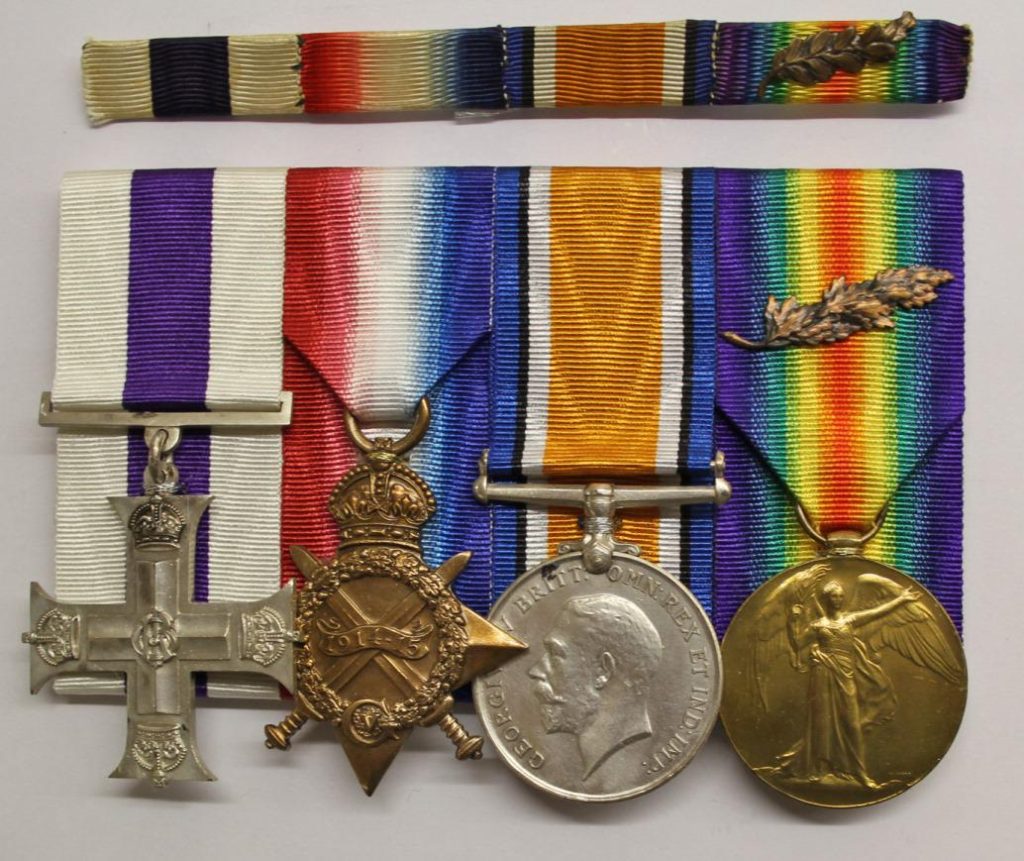



Naming on back of MC and 1914-15 Star and an older picture of his medals and miniatures.

Studio portrait of Captain Colin Pride Stumm MC, 11th Light Horse Regiment of Gympie, Qld. From AWM H00026, a photo taken by G Lekegian & Co. in Cairo Egypt.
ANZAC Biographies
On our website you will find the biographical details of ANZAC (as well as British) servicemen & women whose medals or other memorabilia form part of the collection on display at the Maryborough Military & Colonial Museum, Maryborough, Queensland, Australia.
Array



